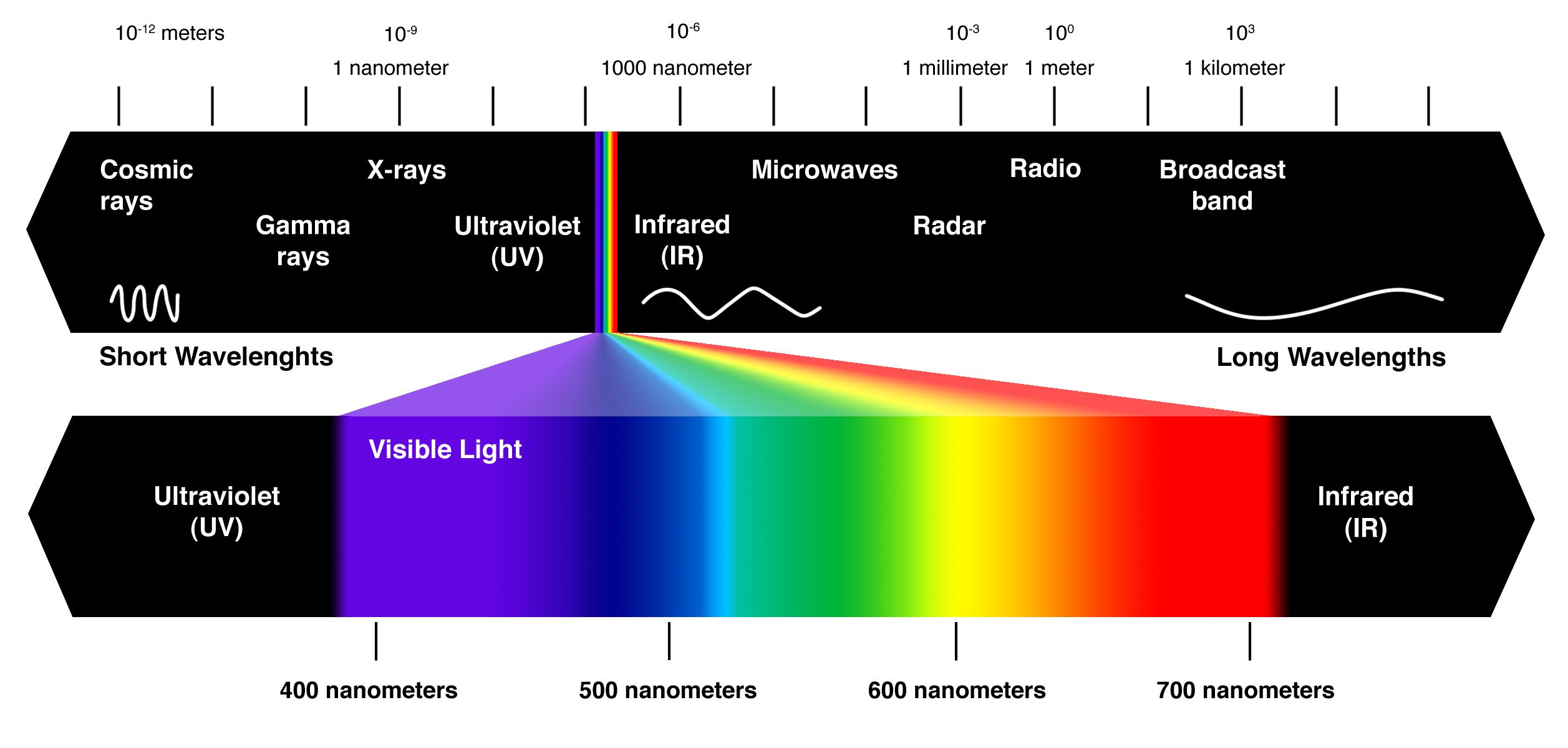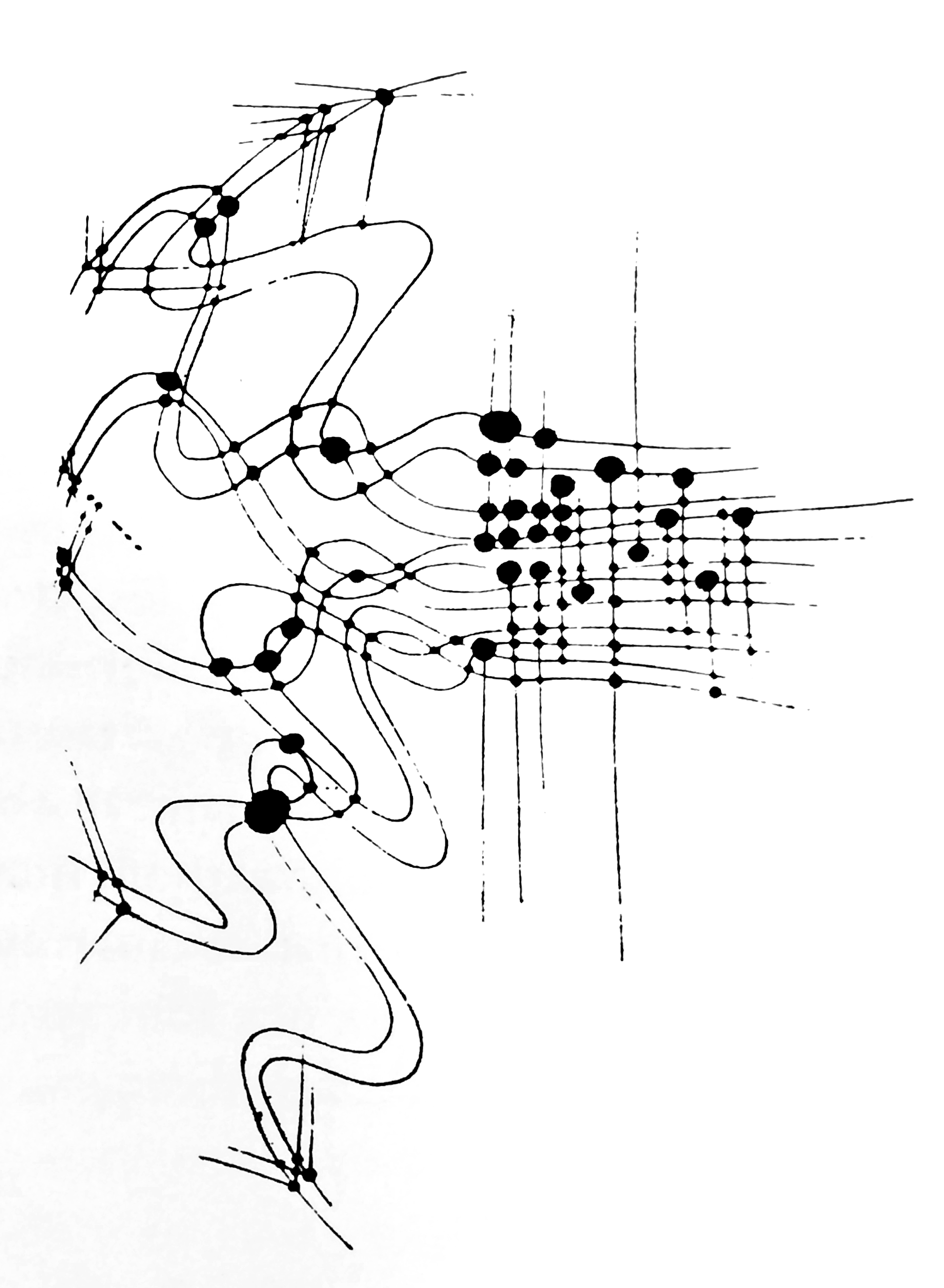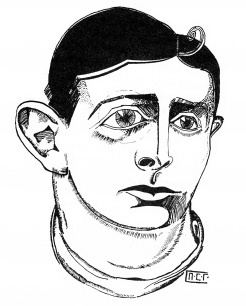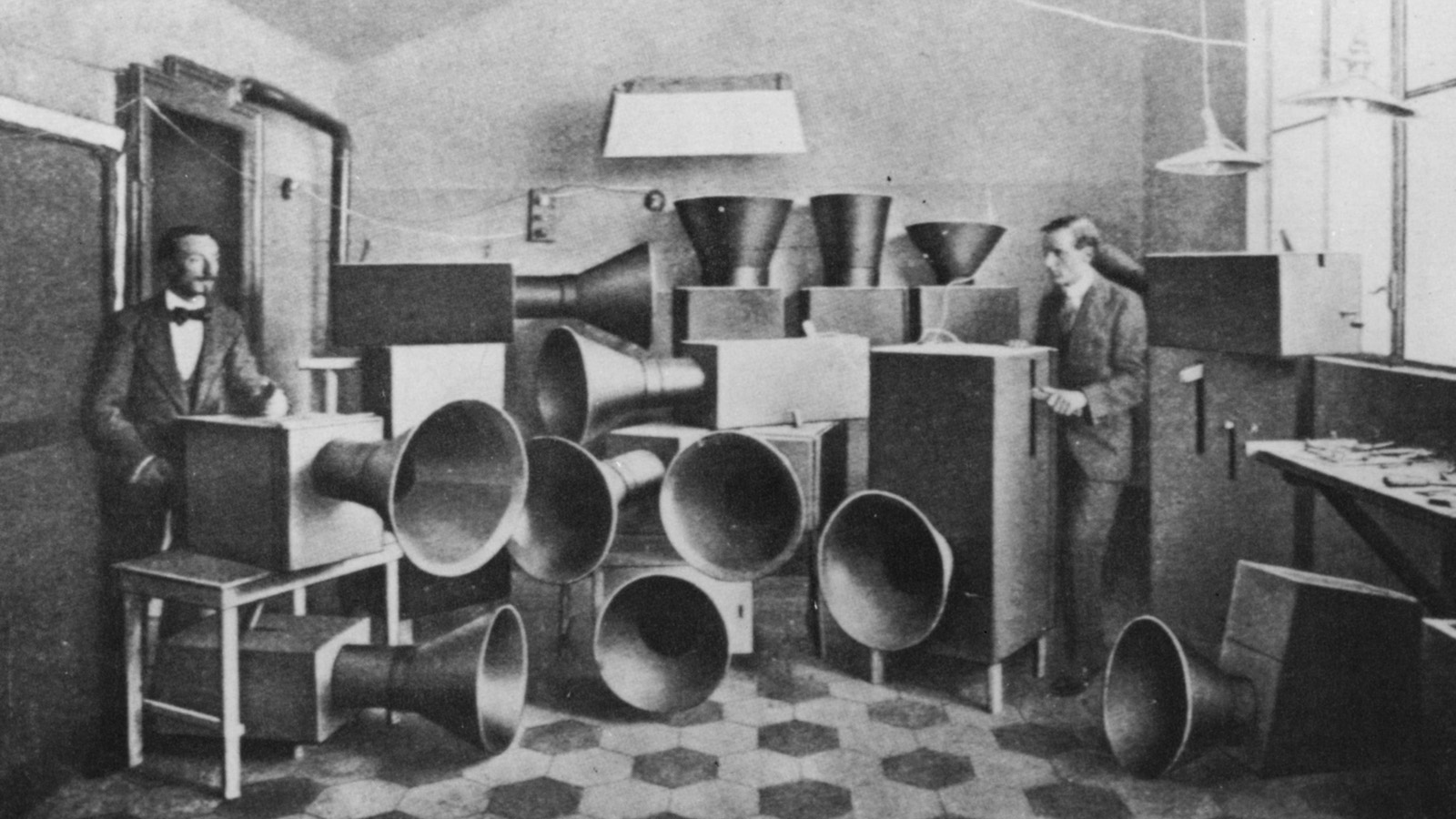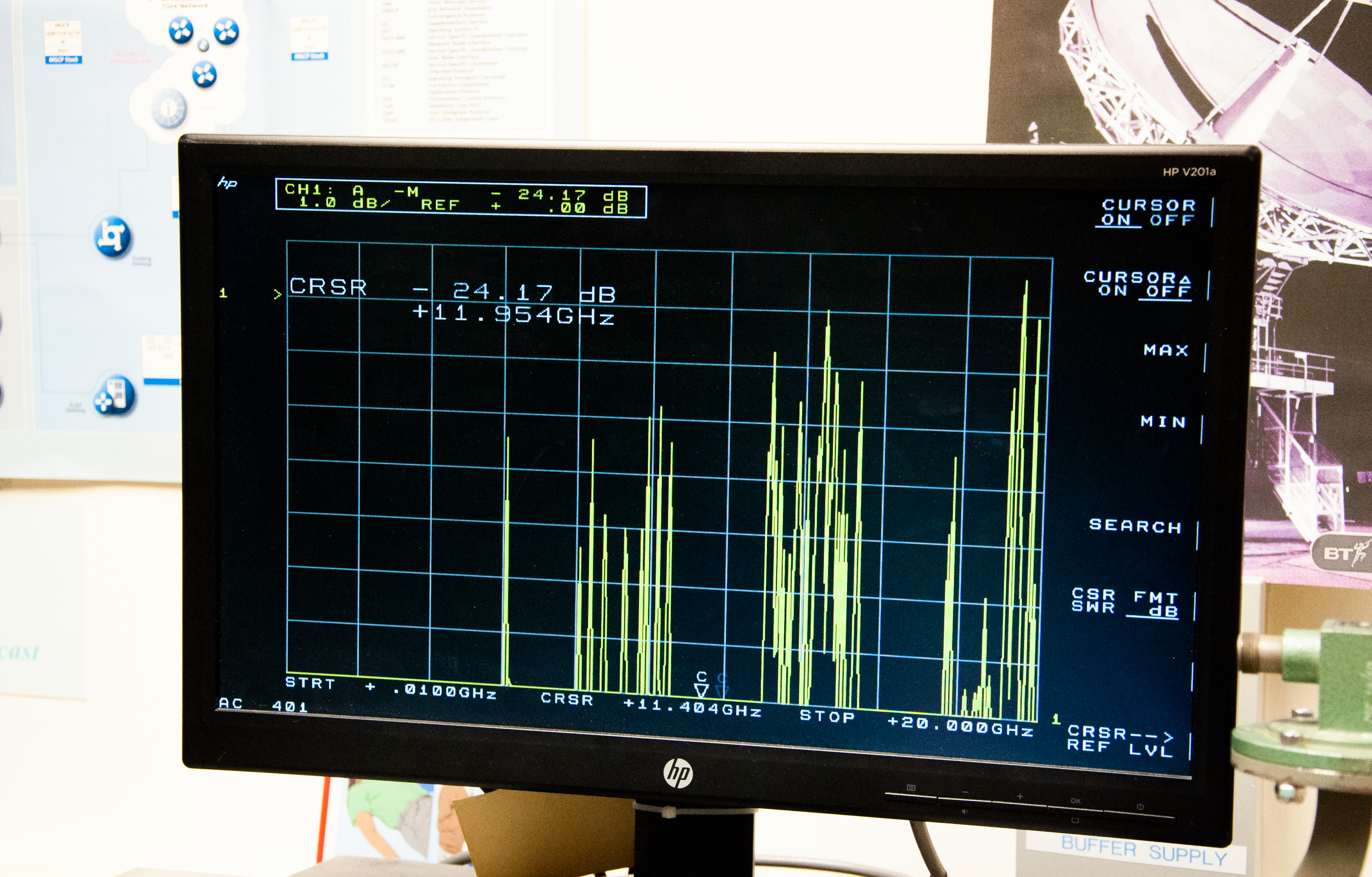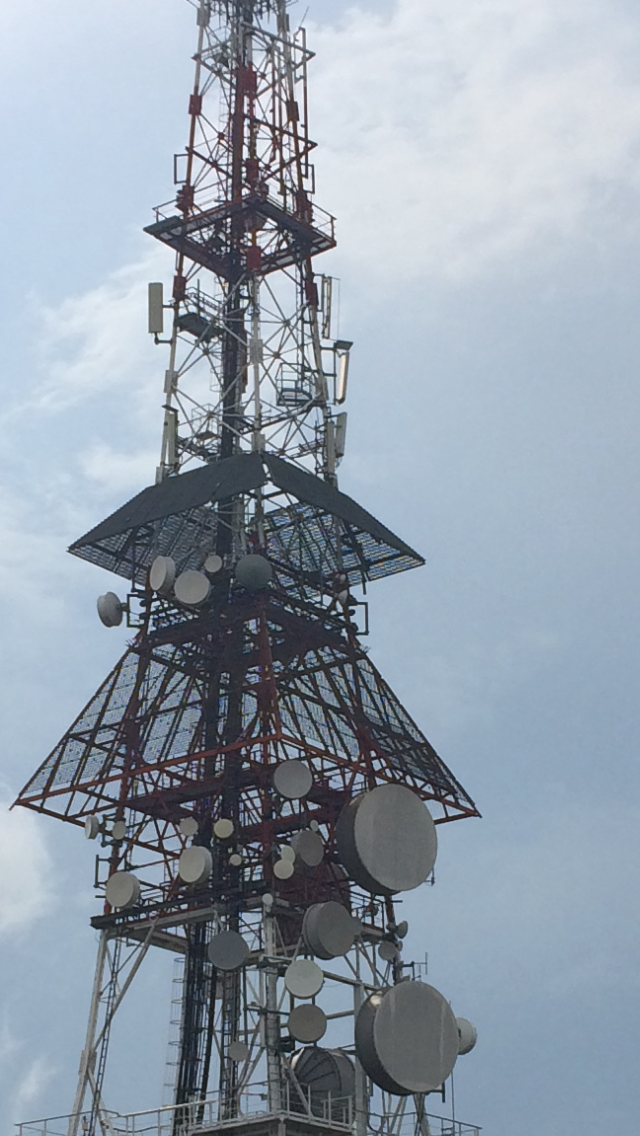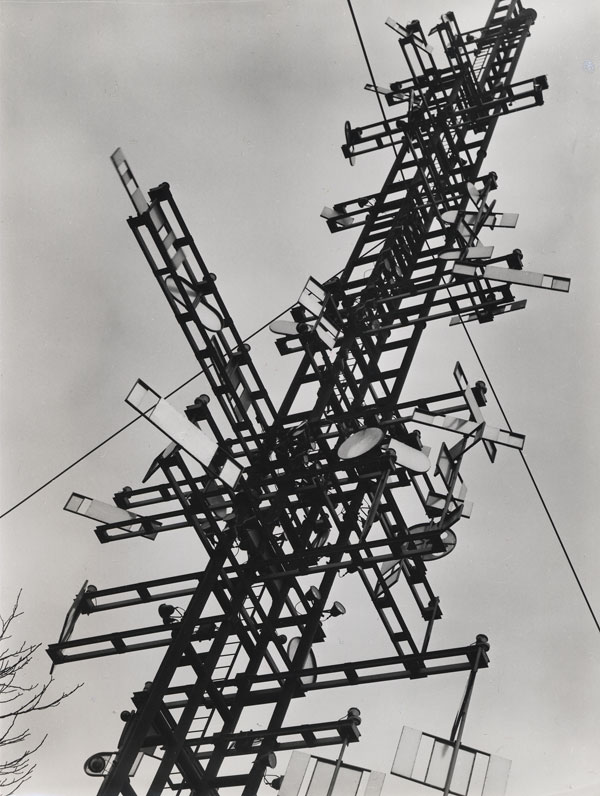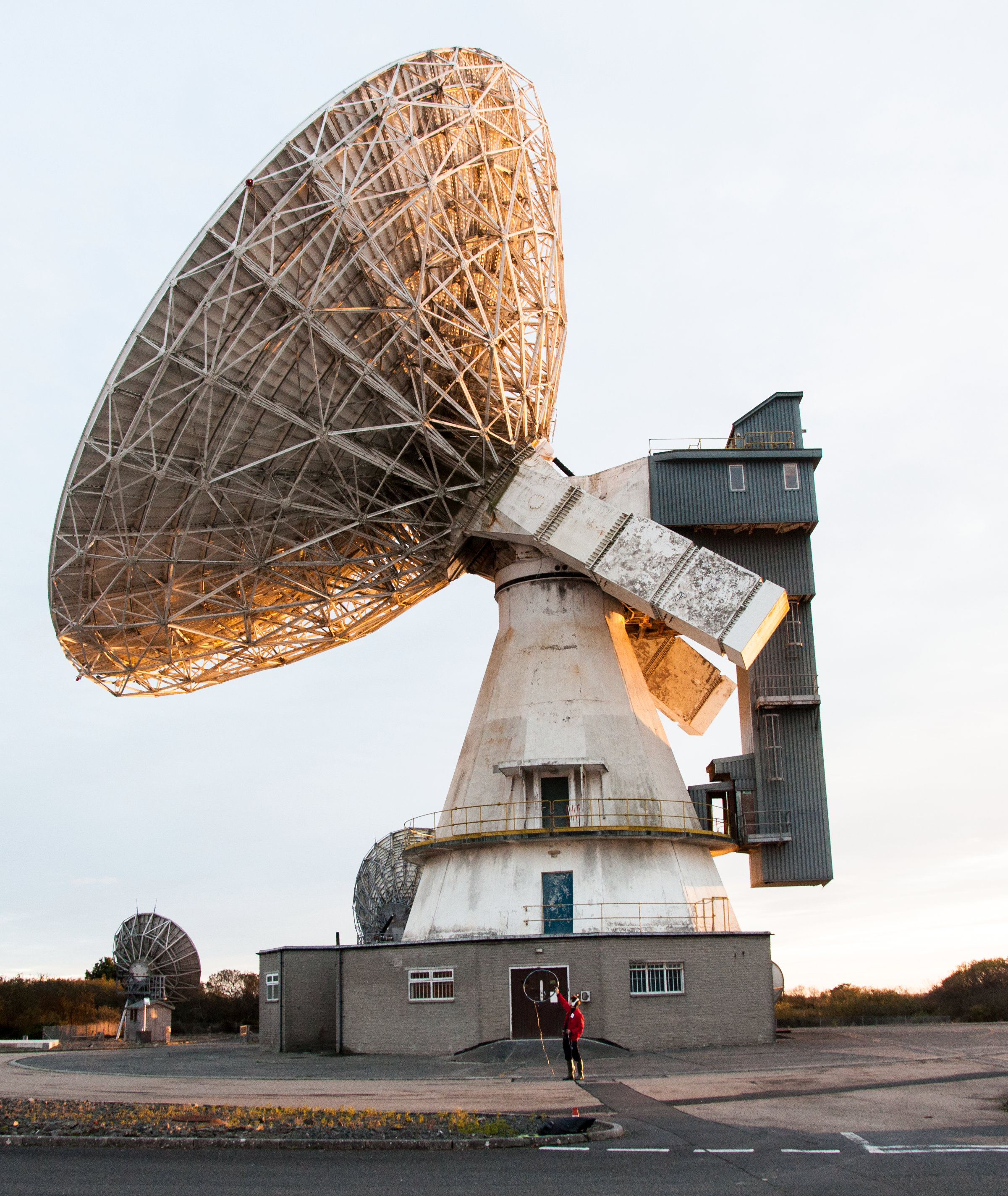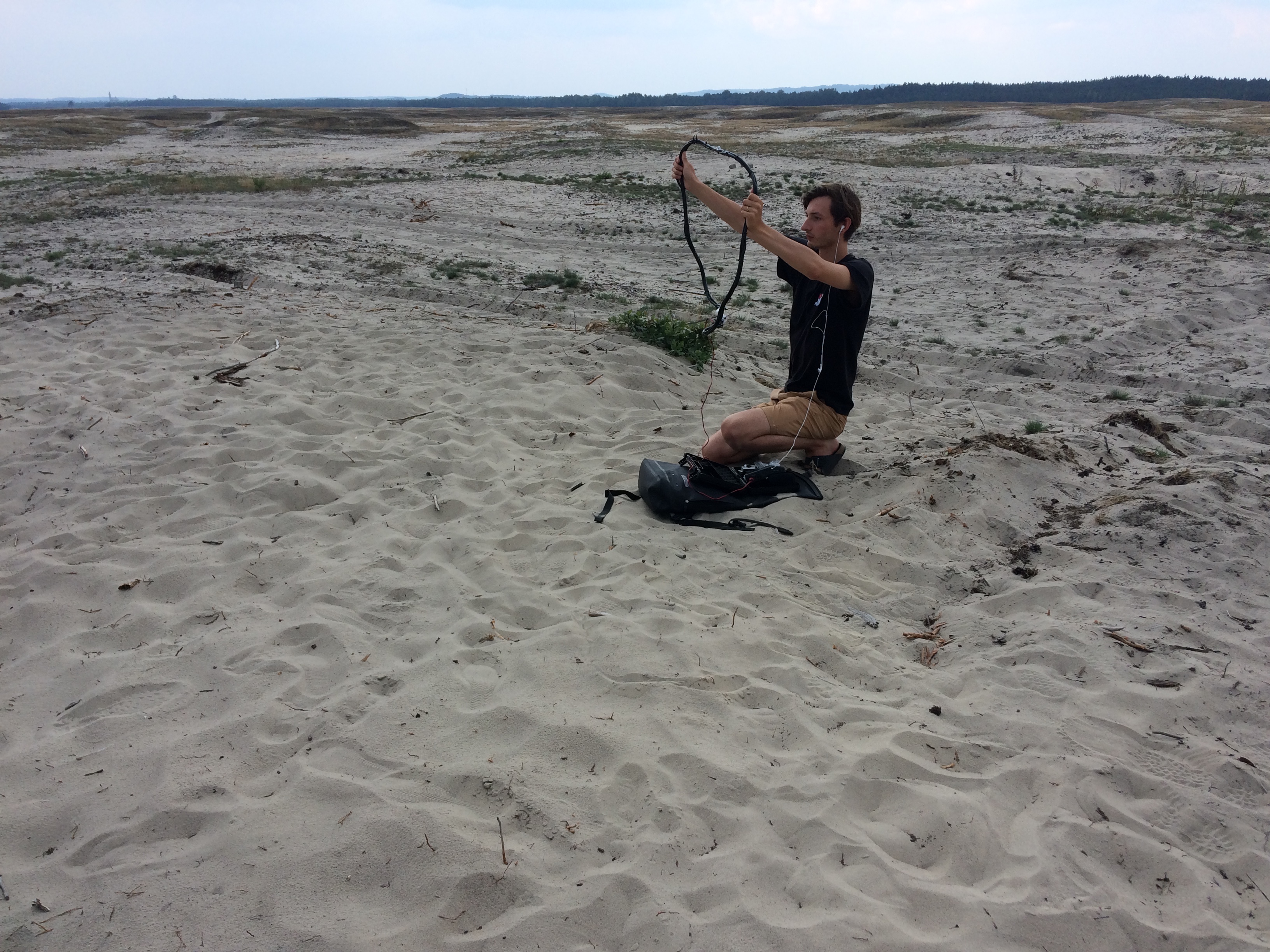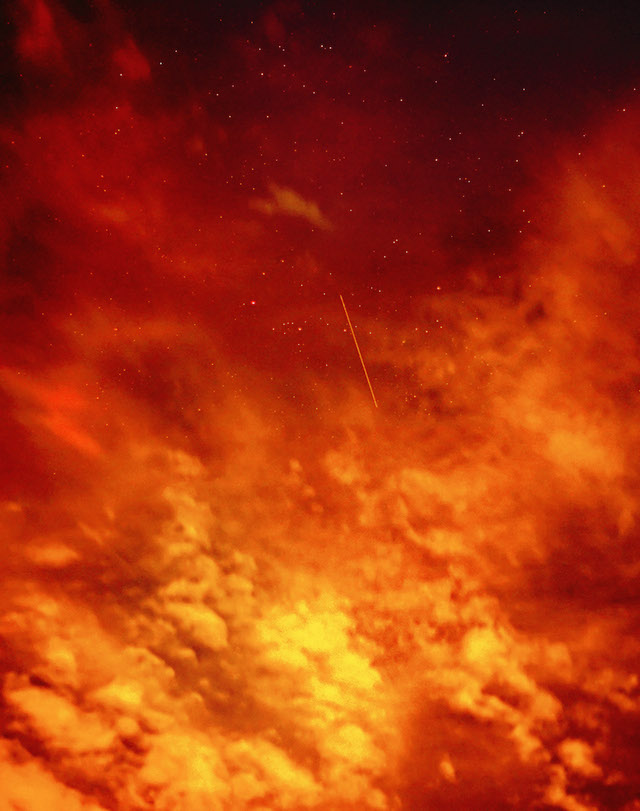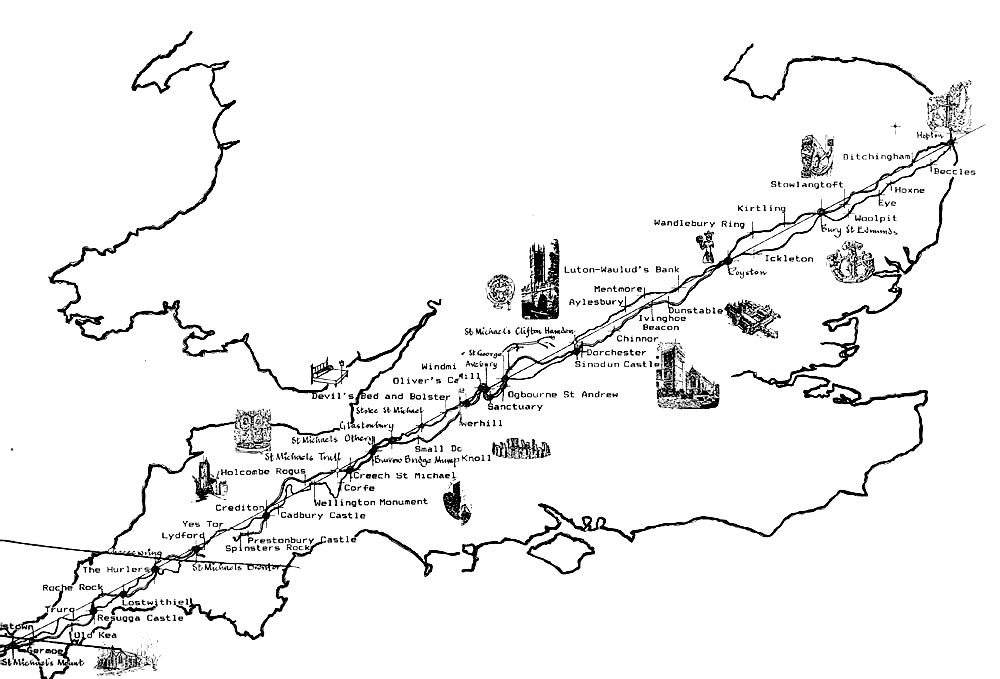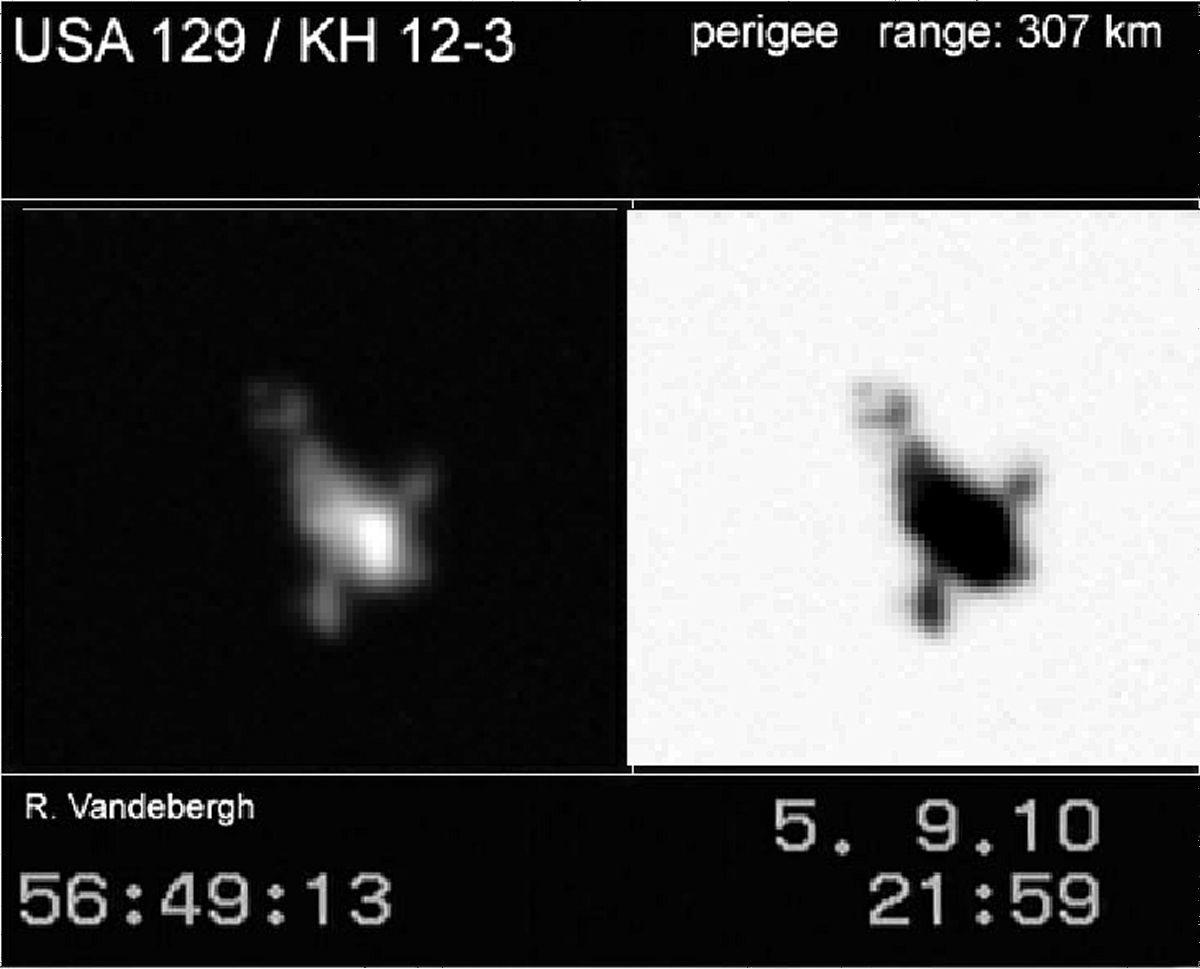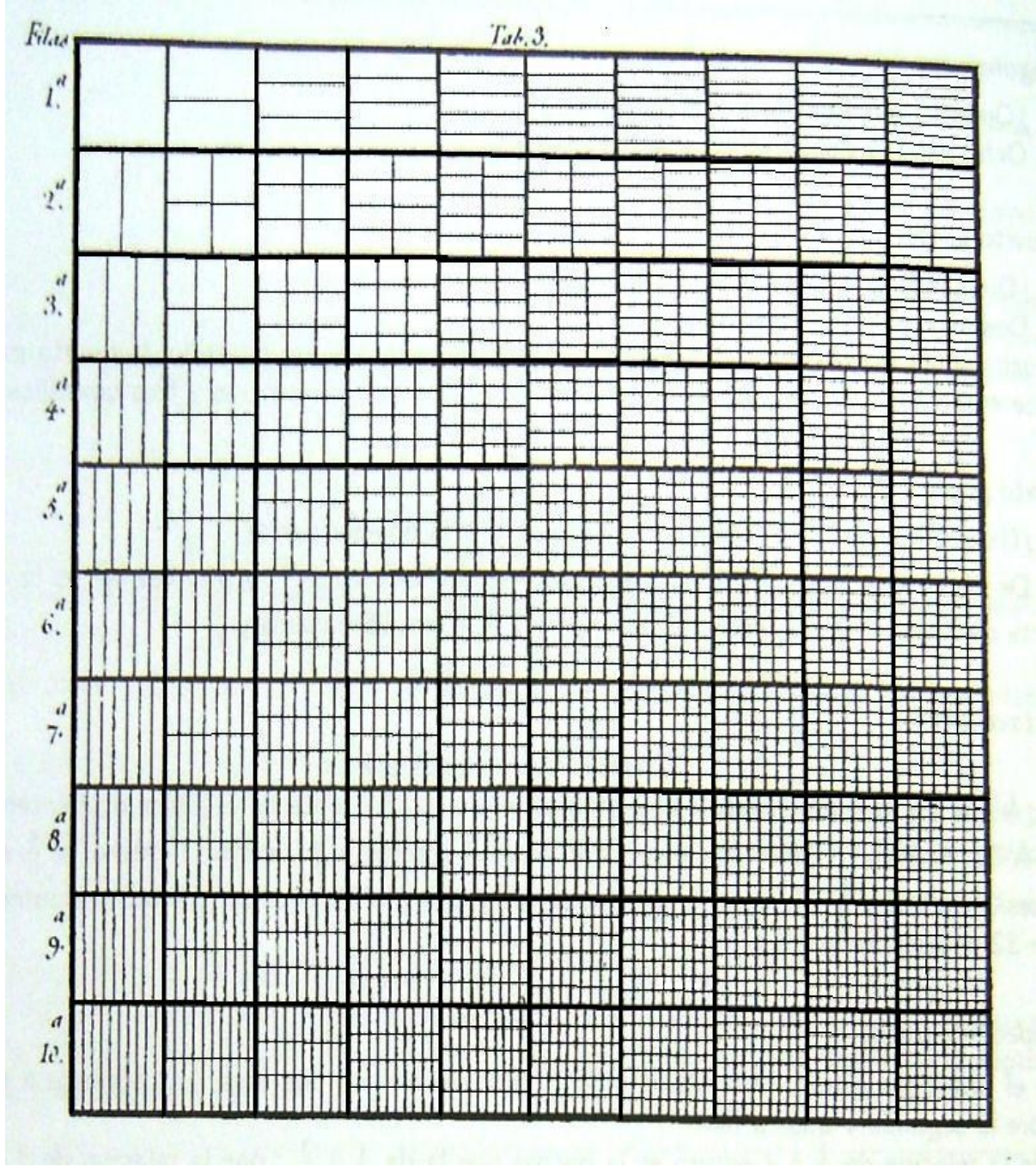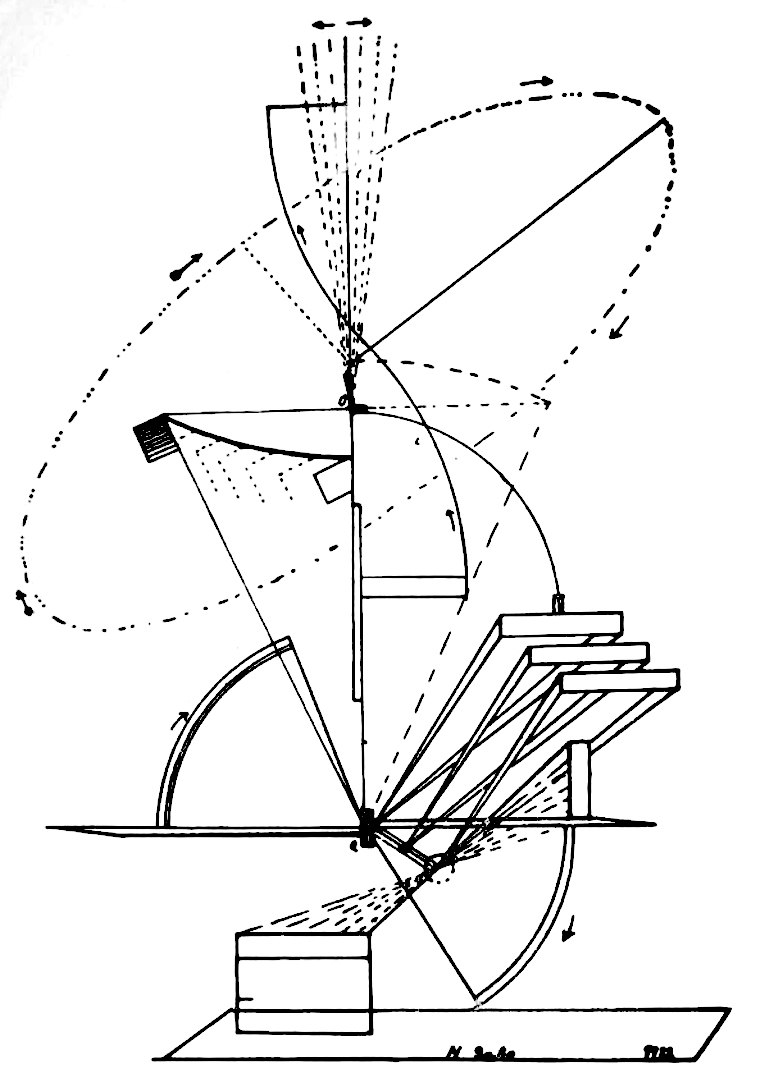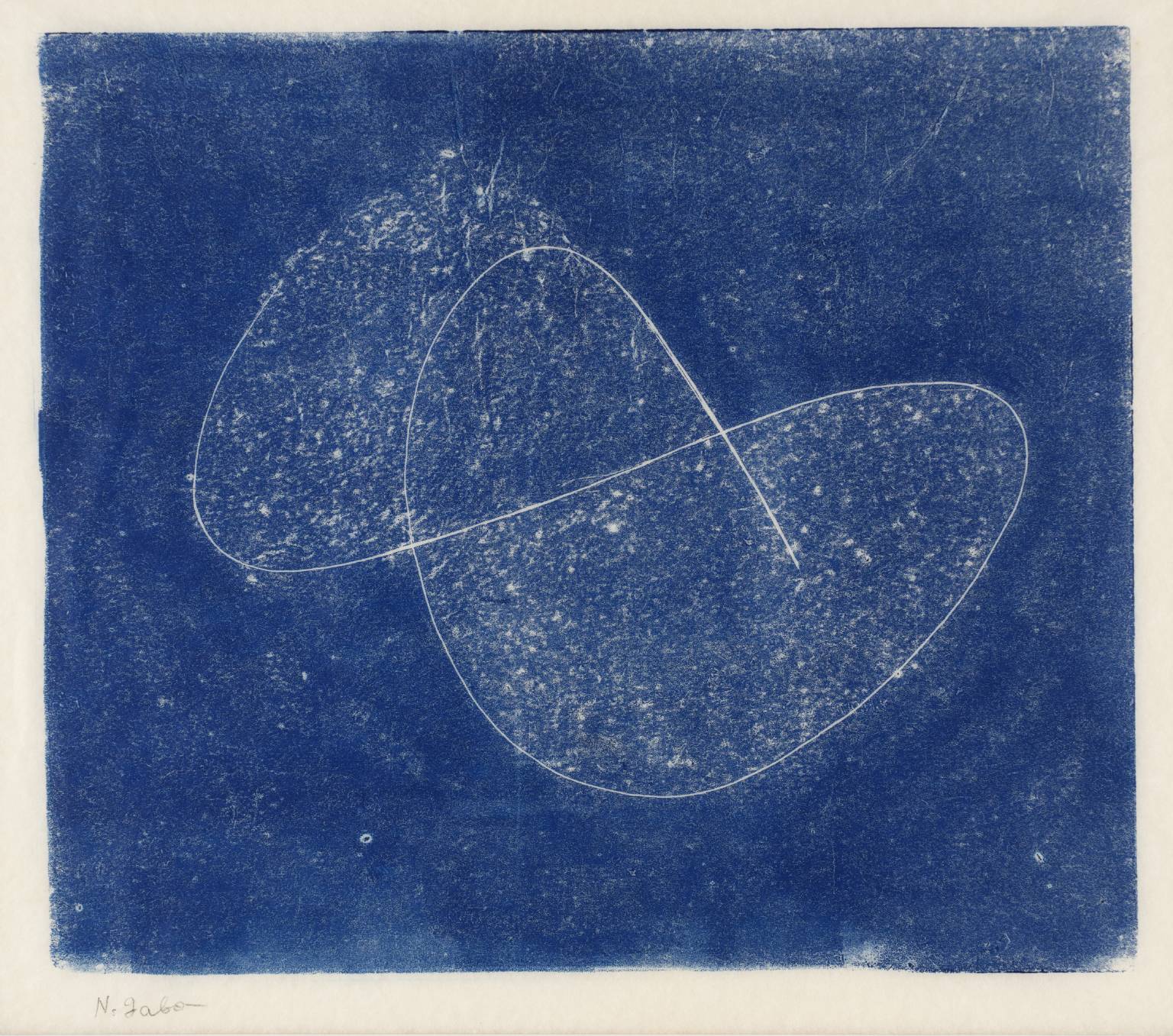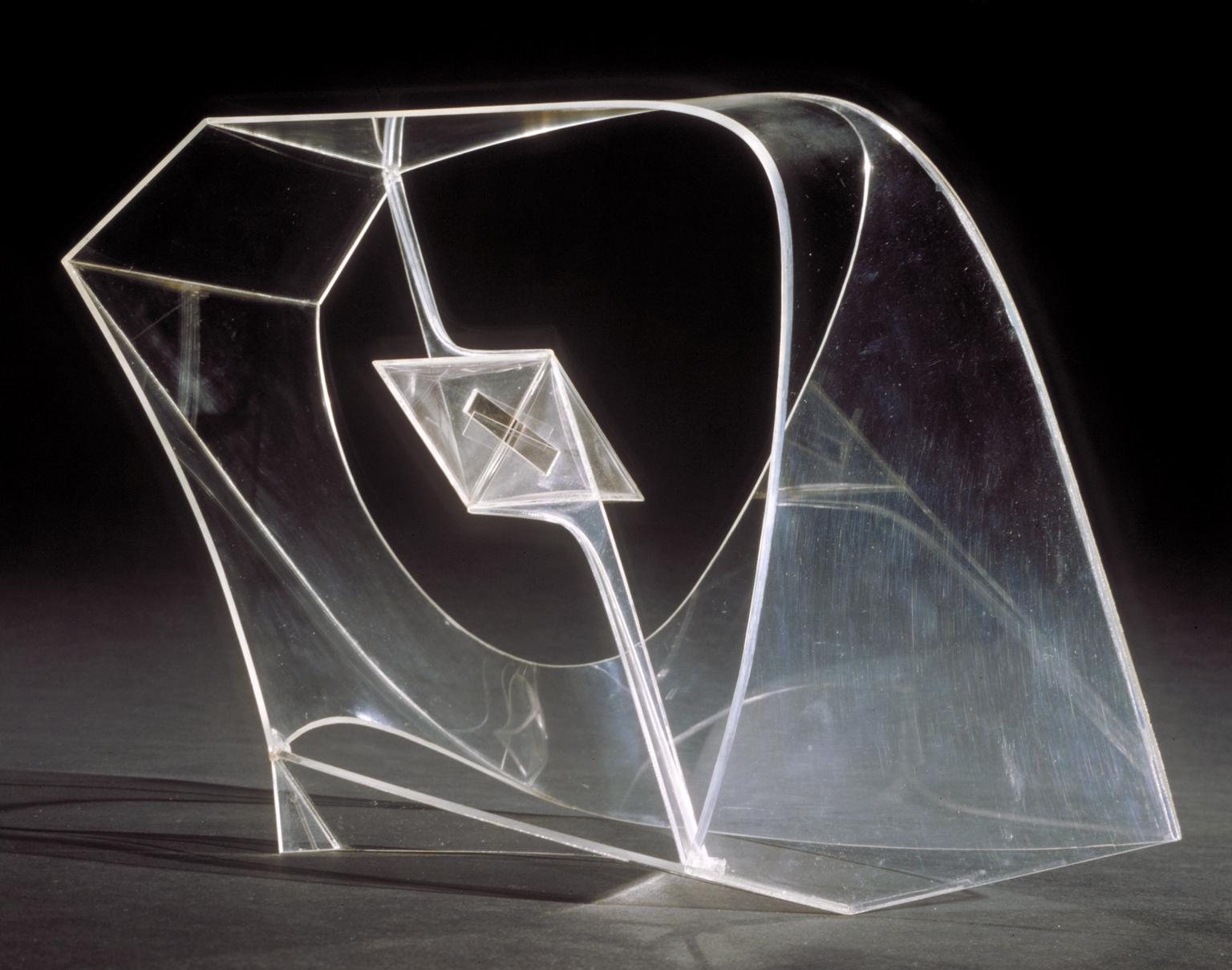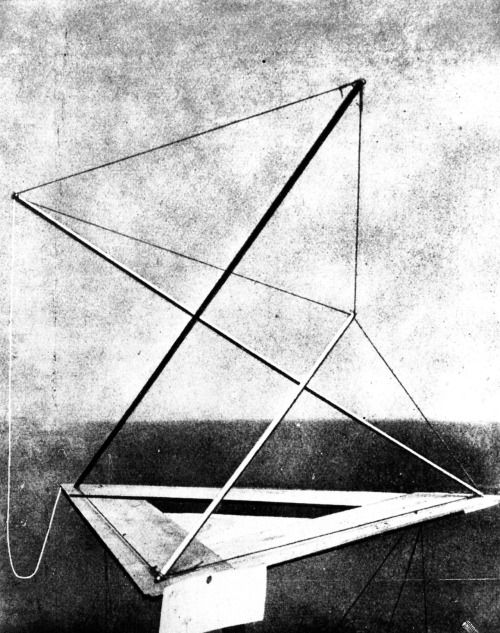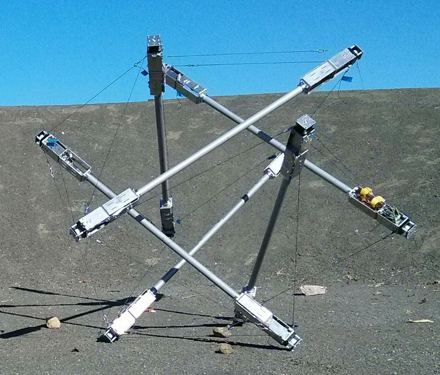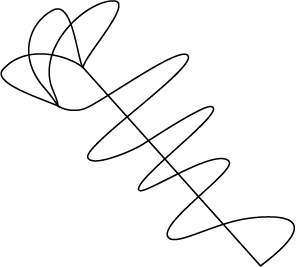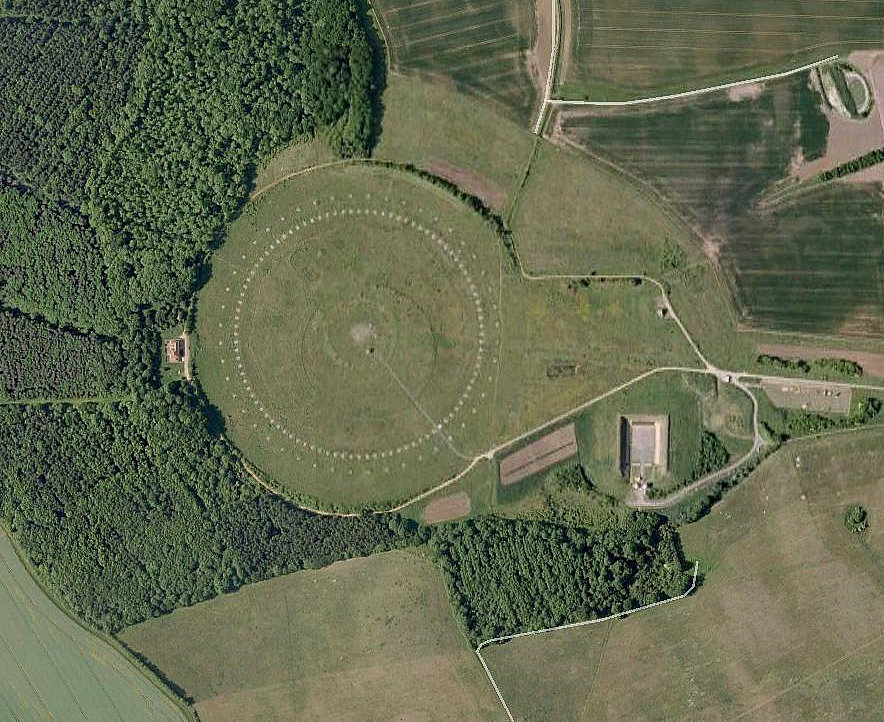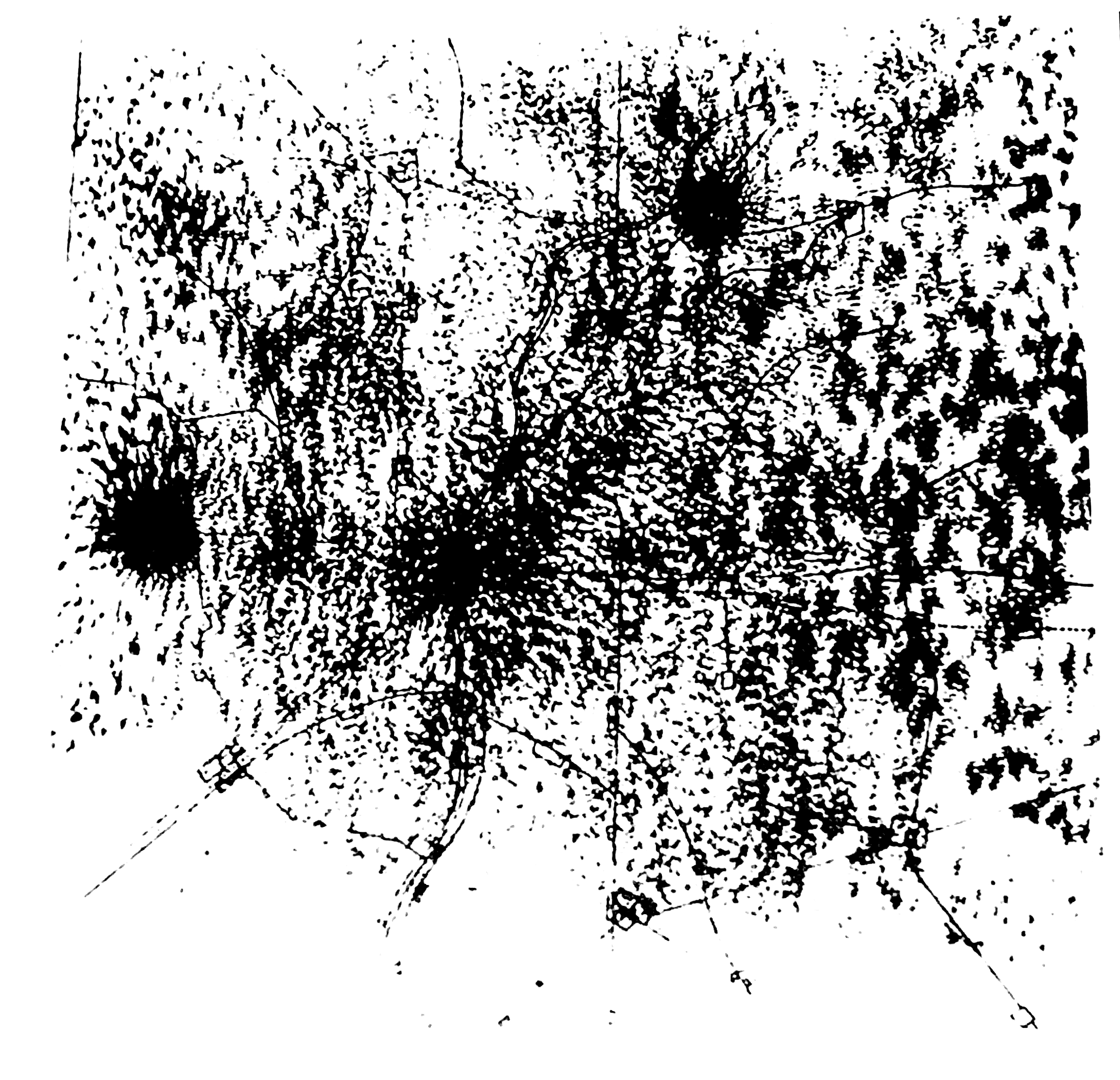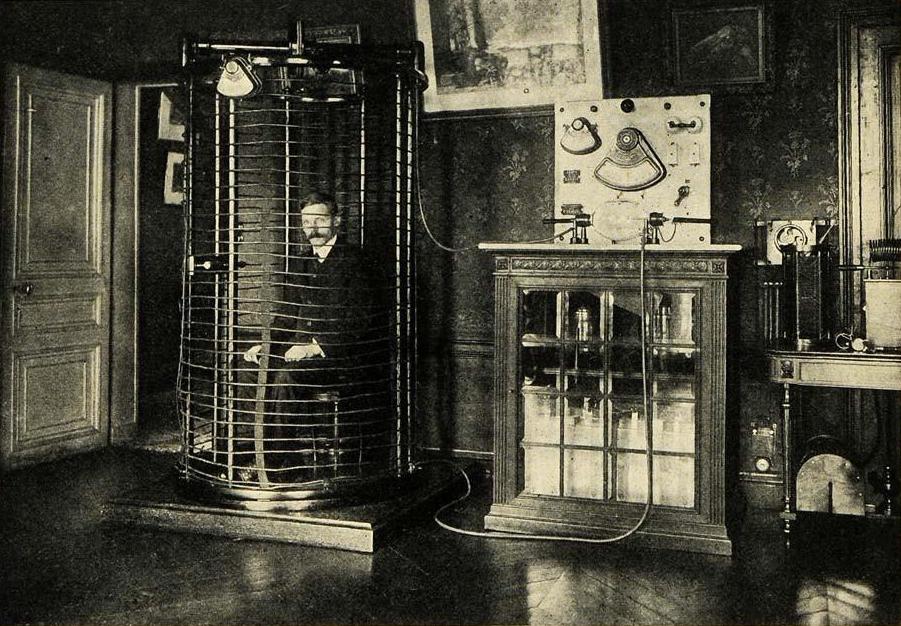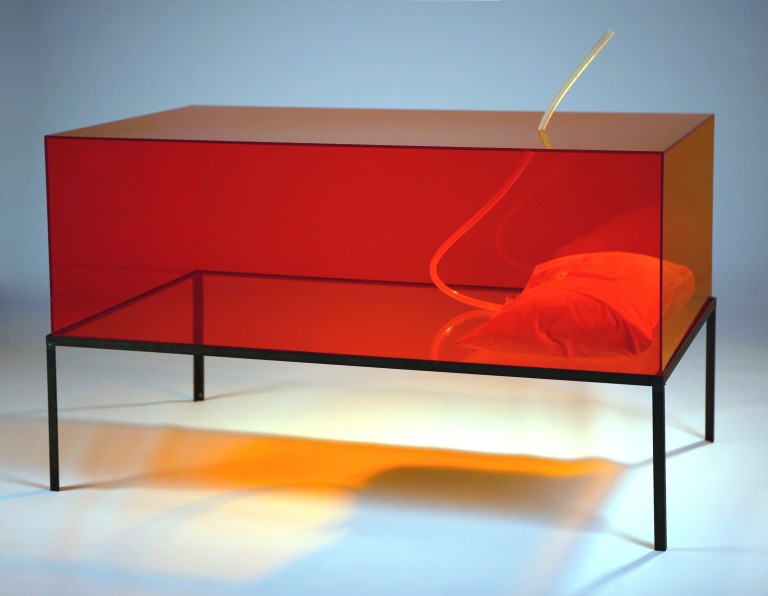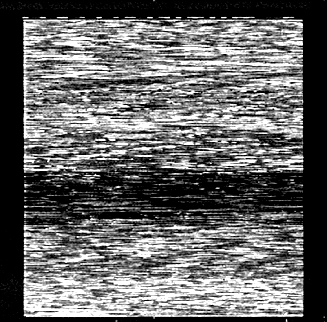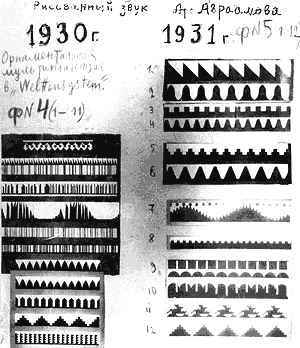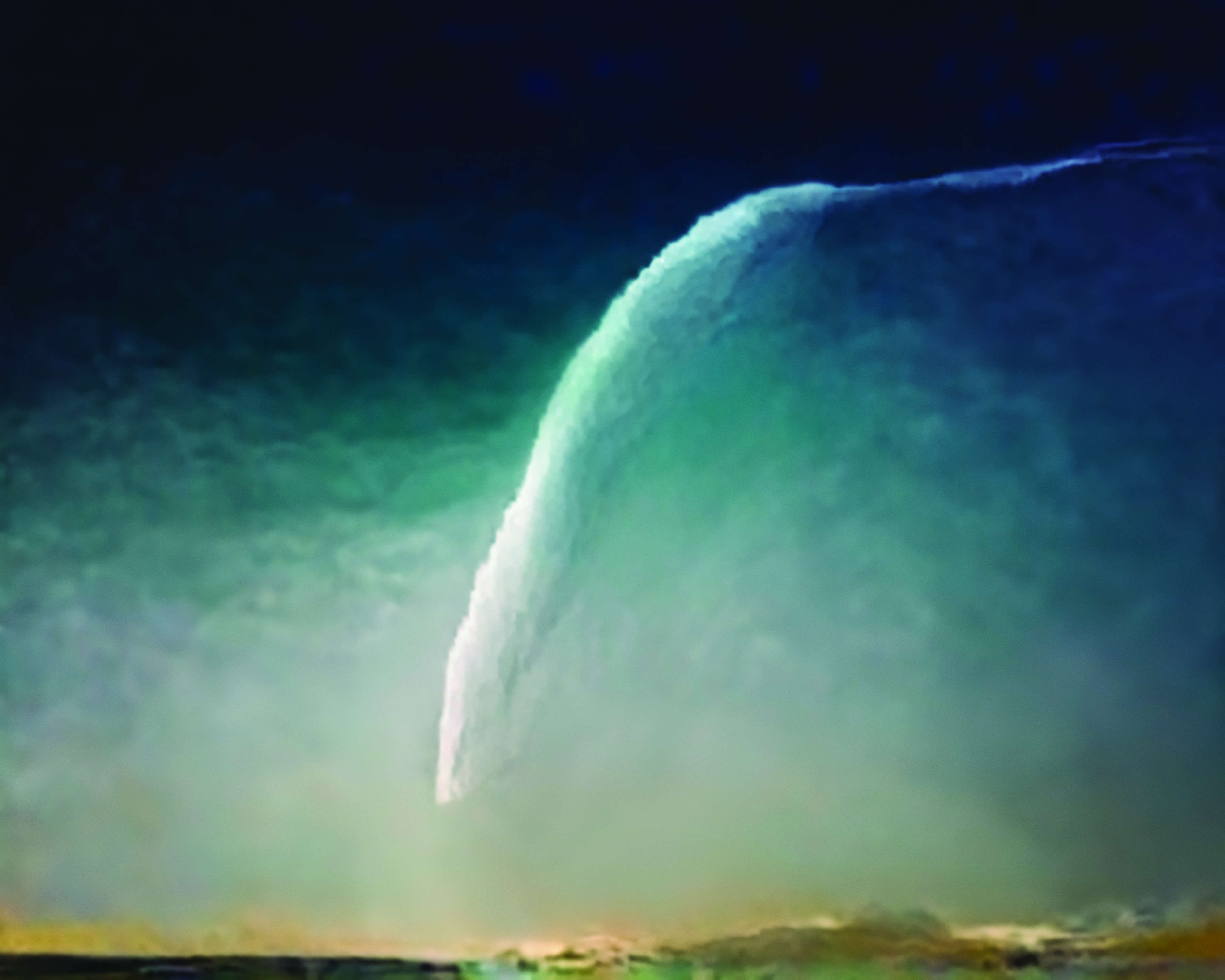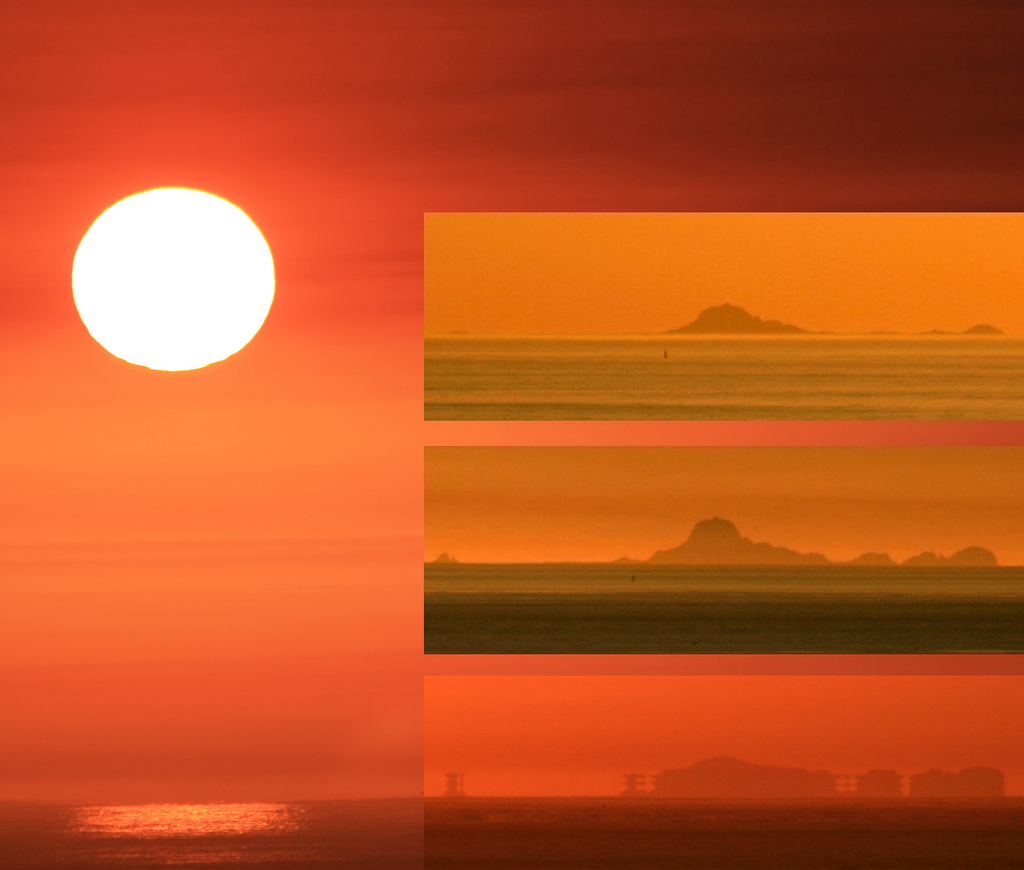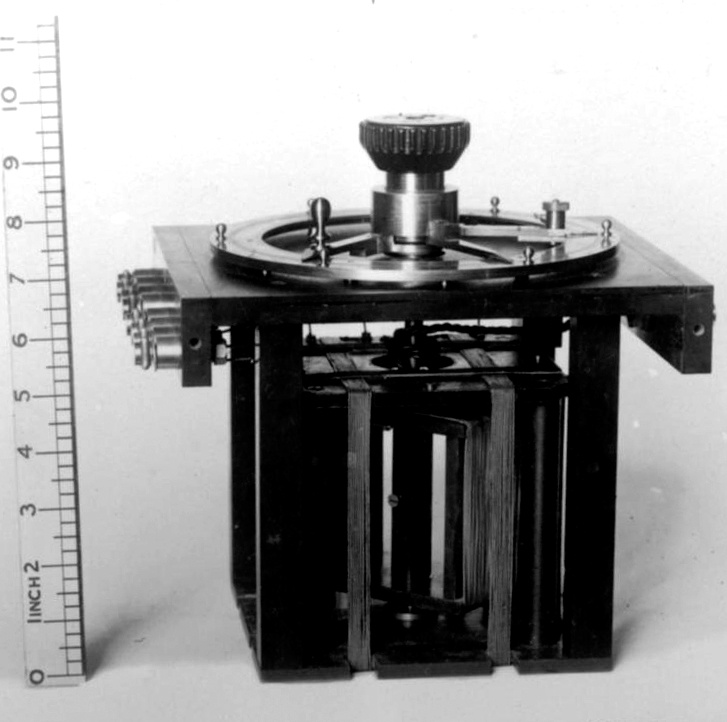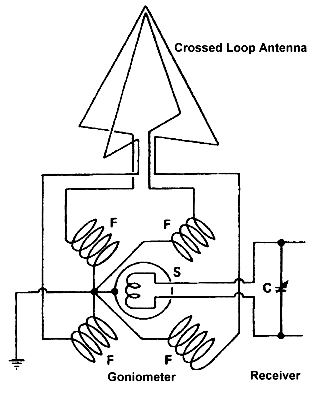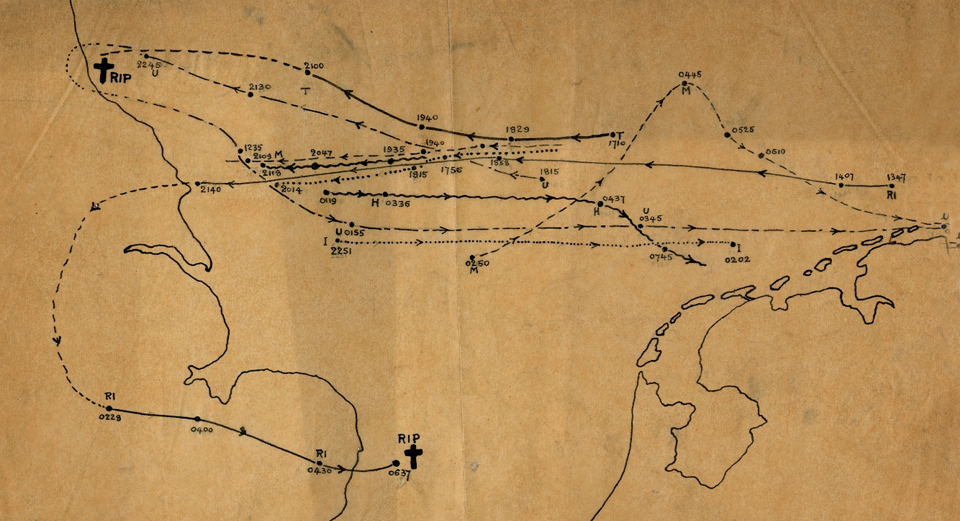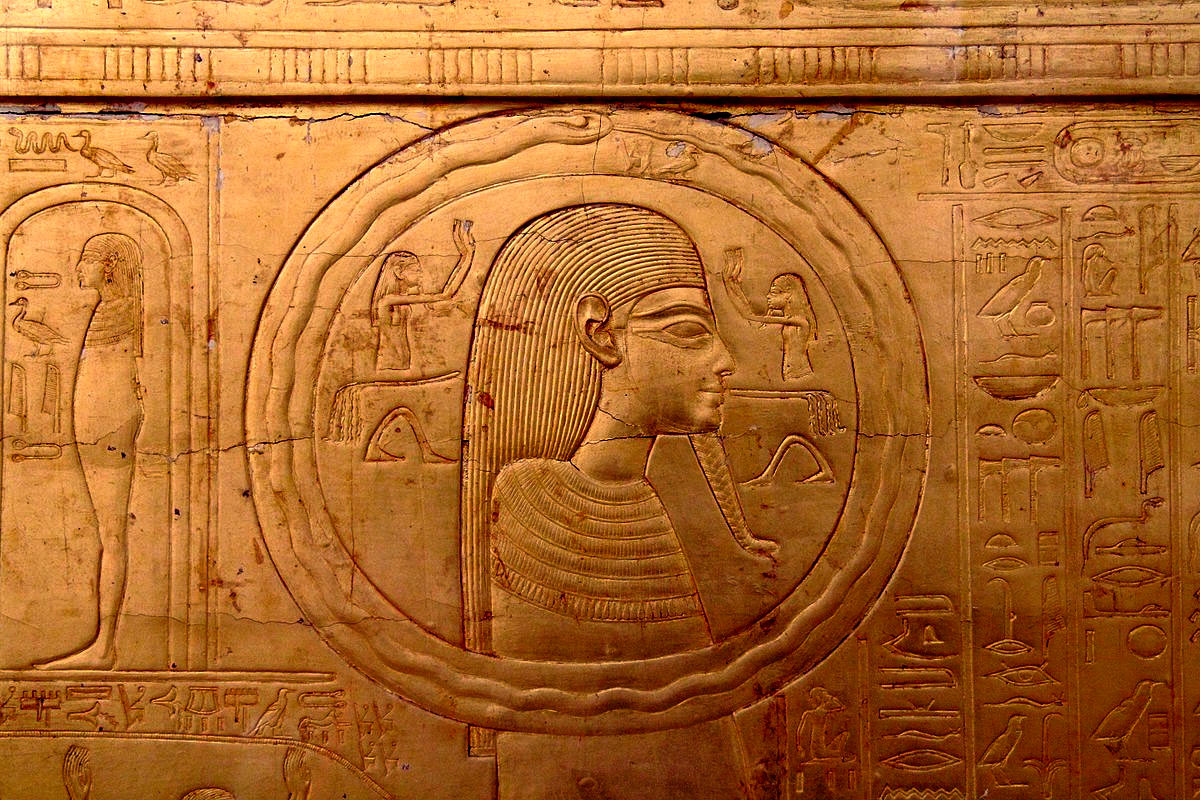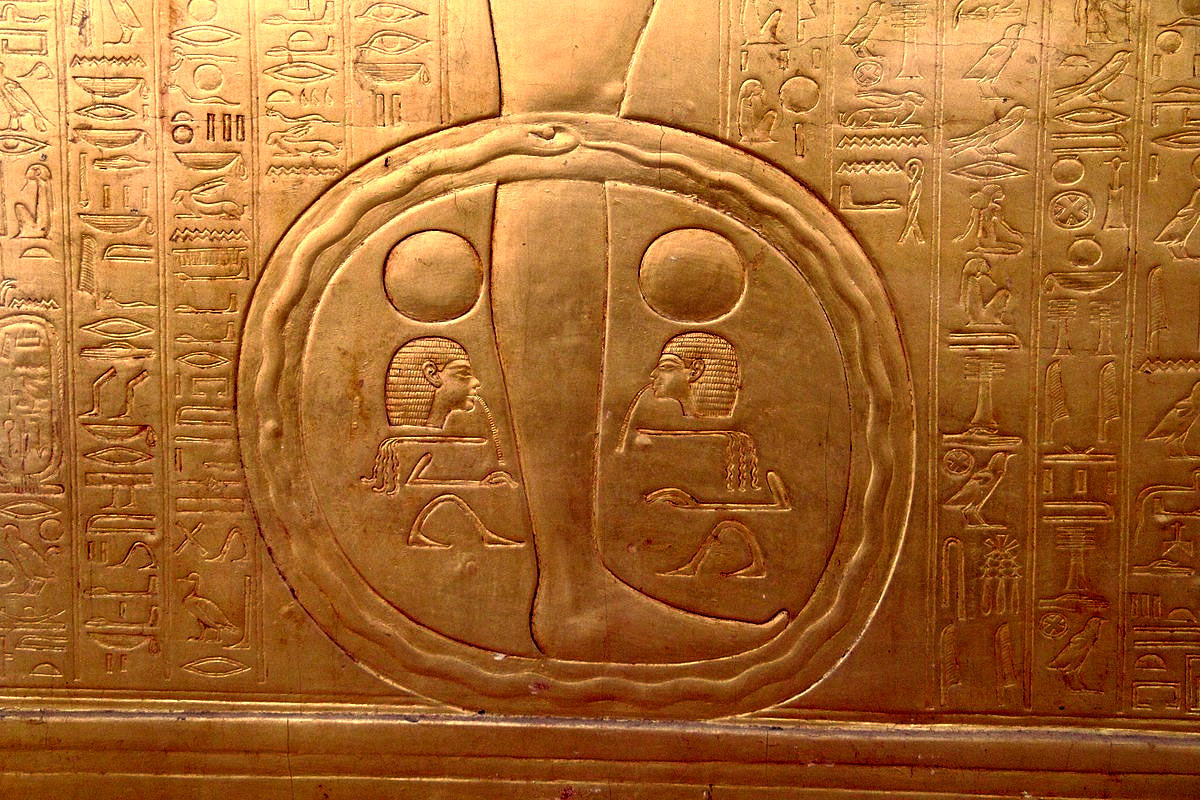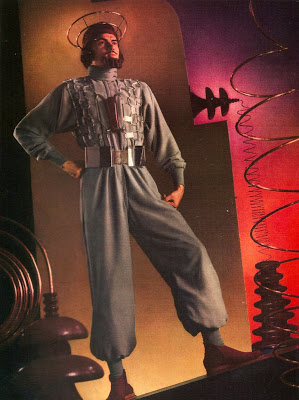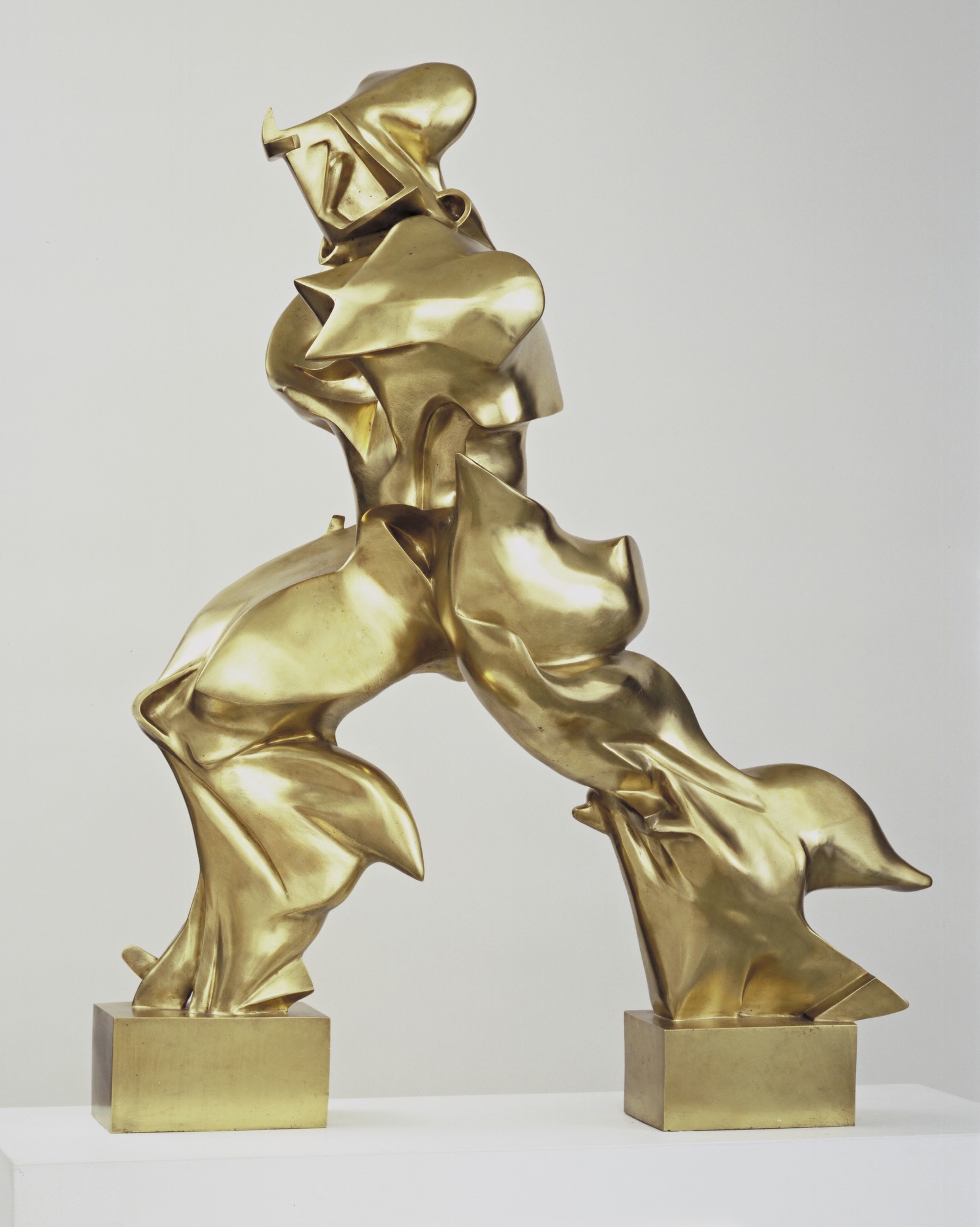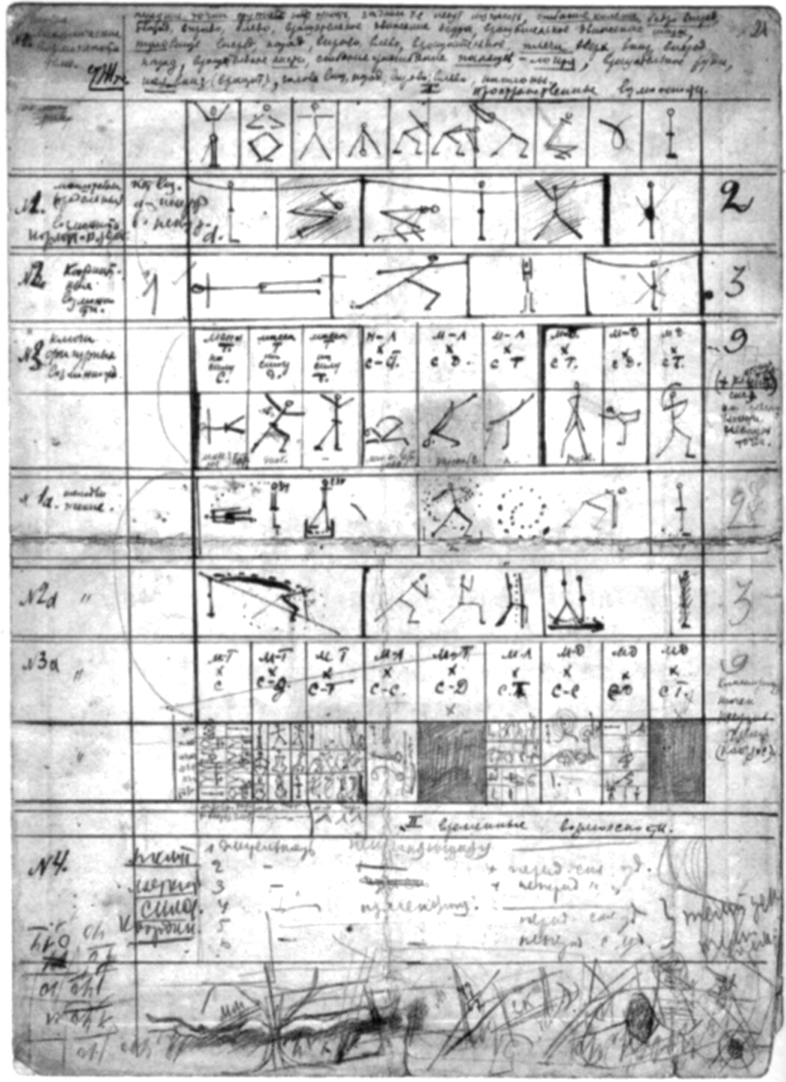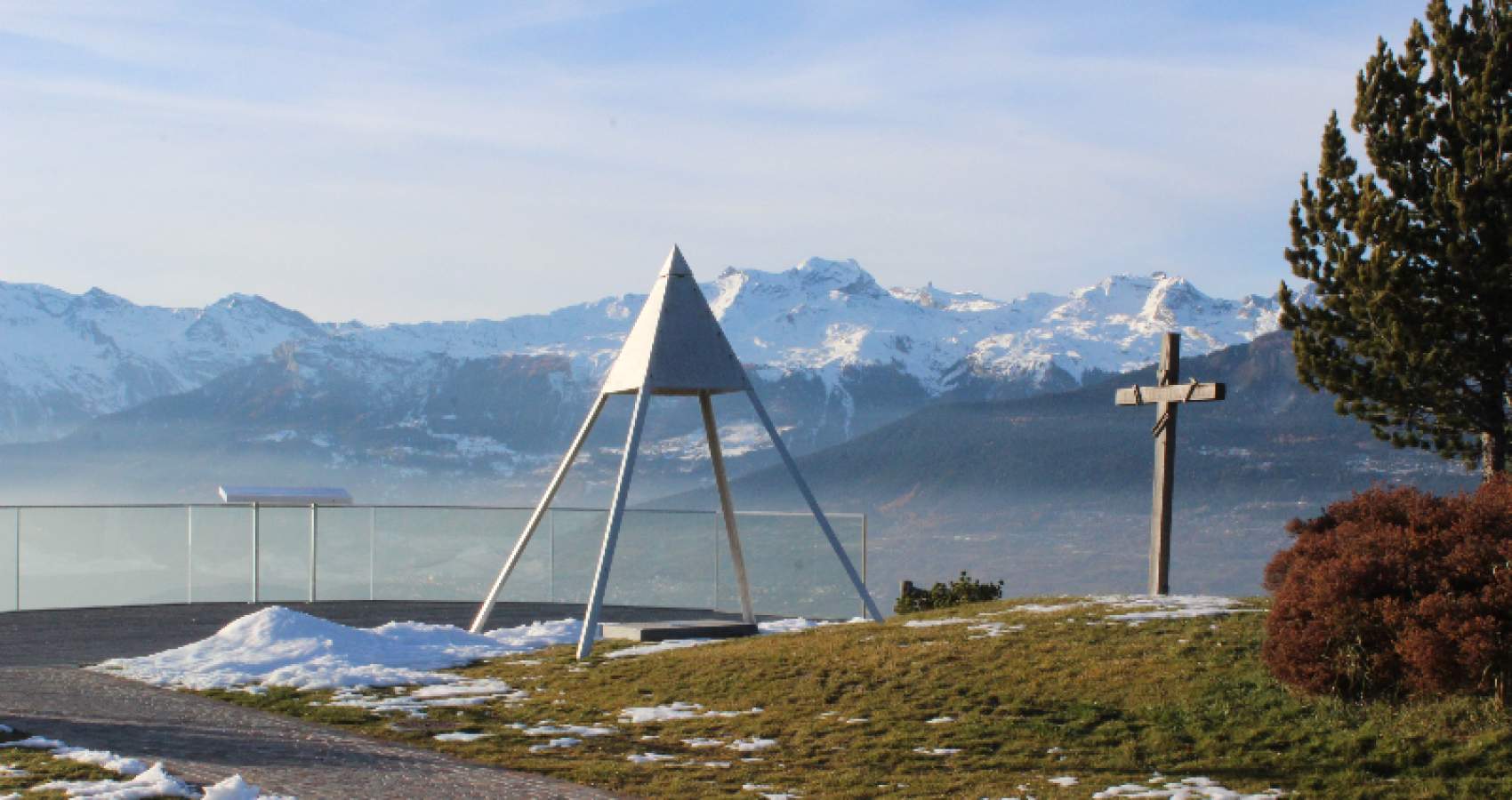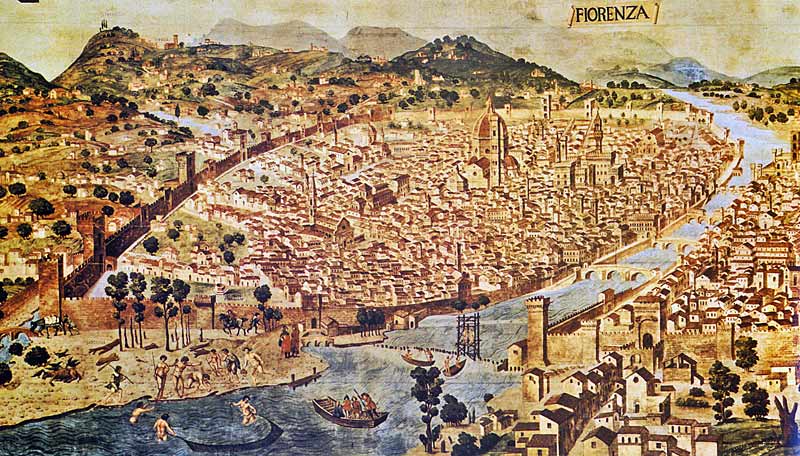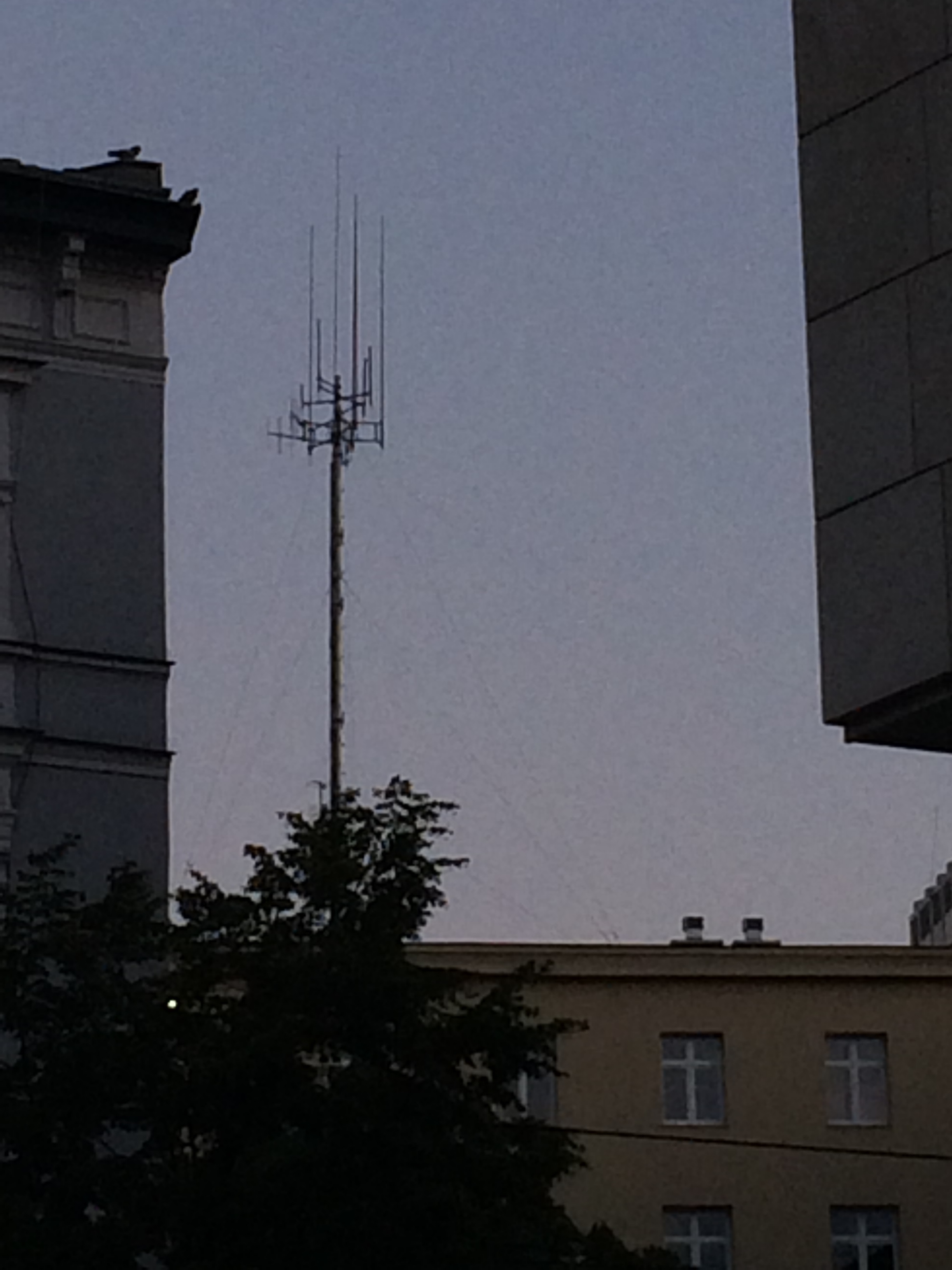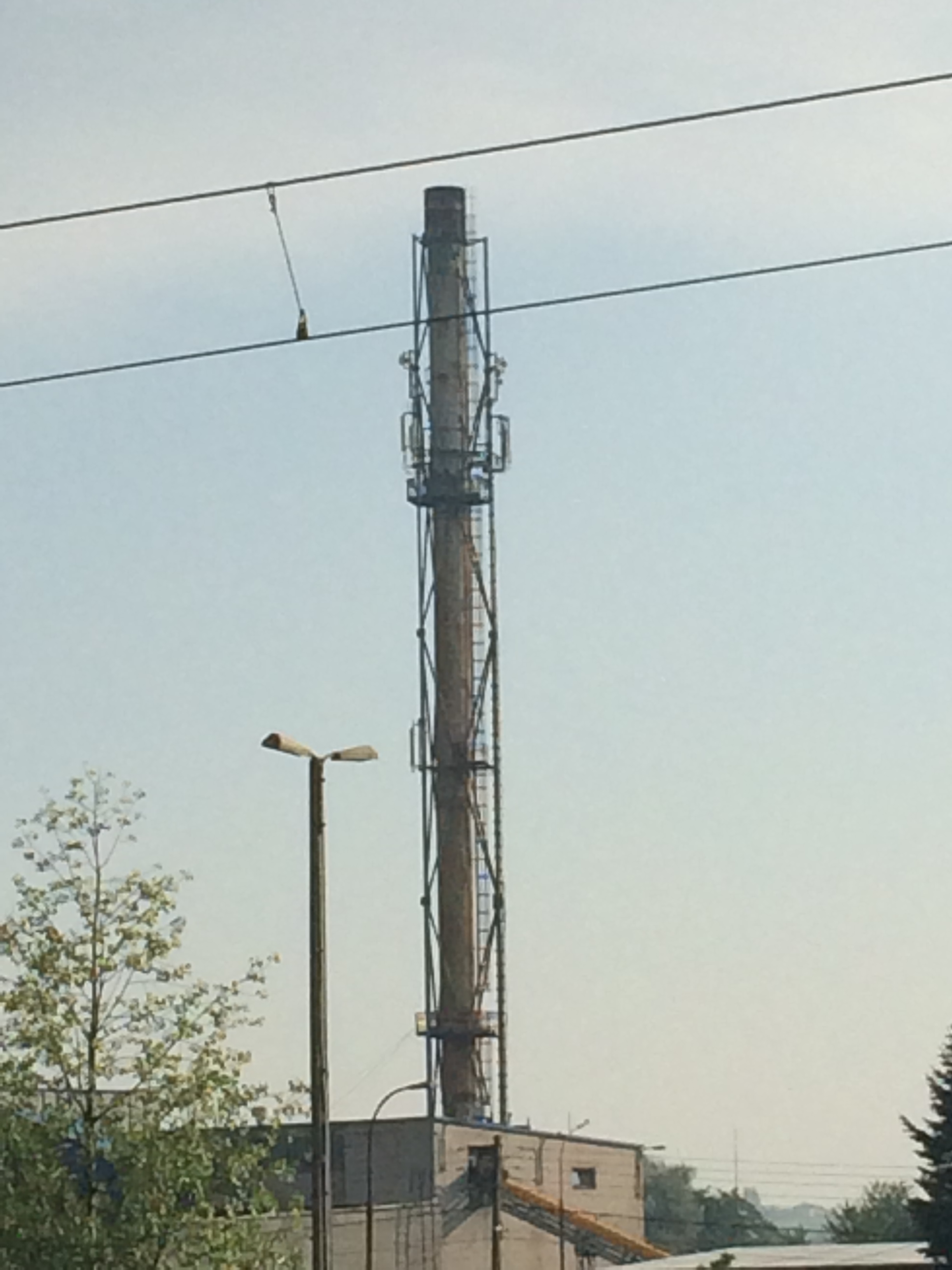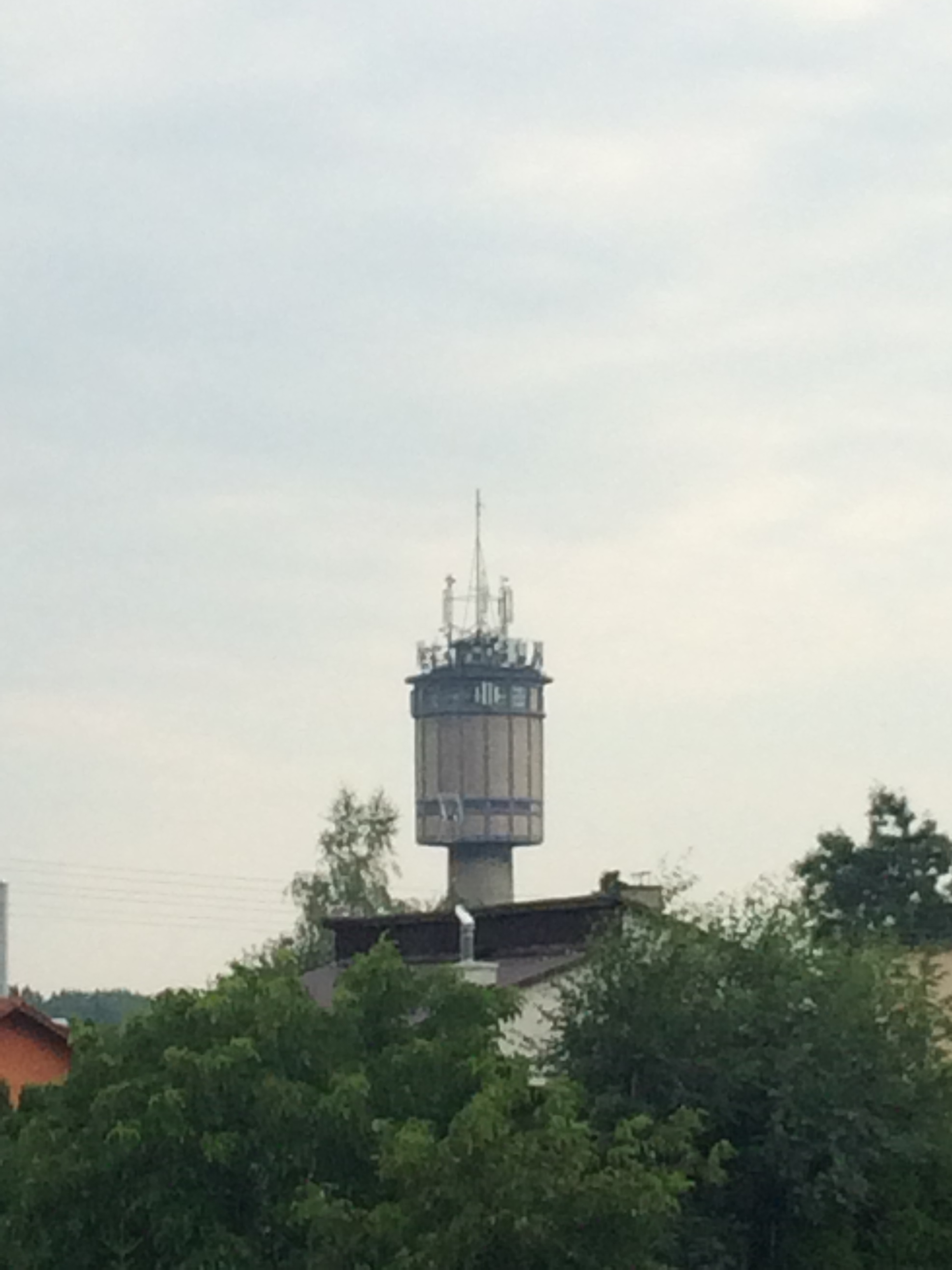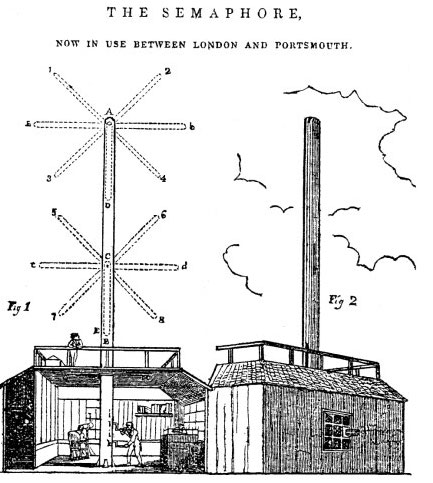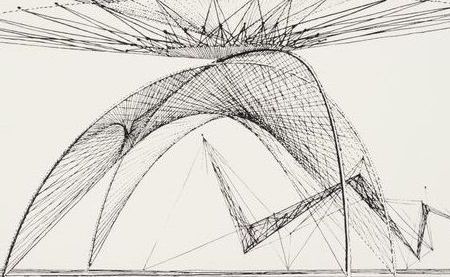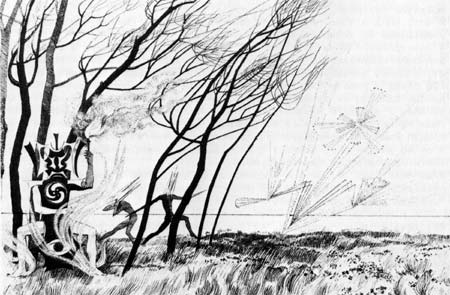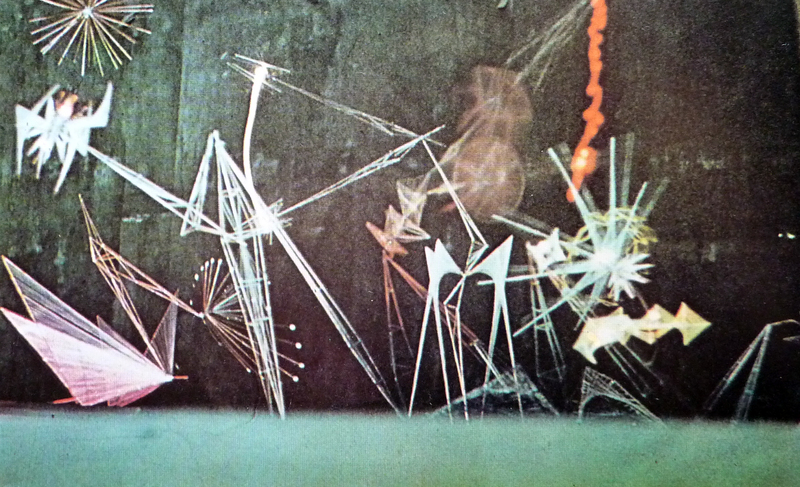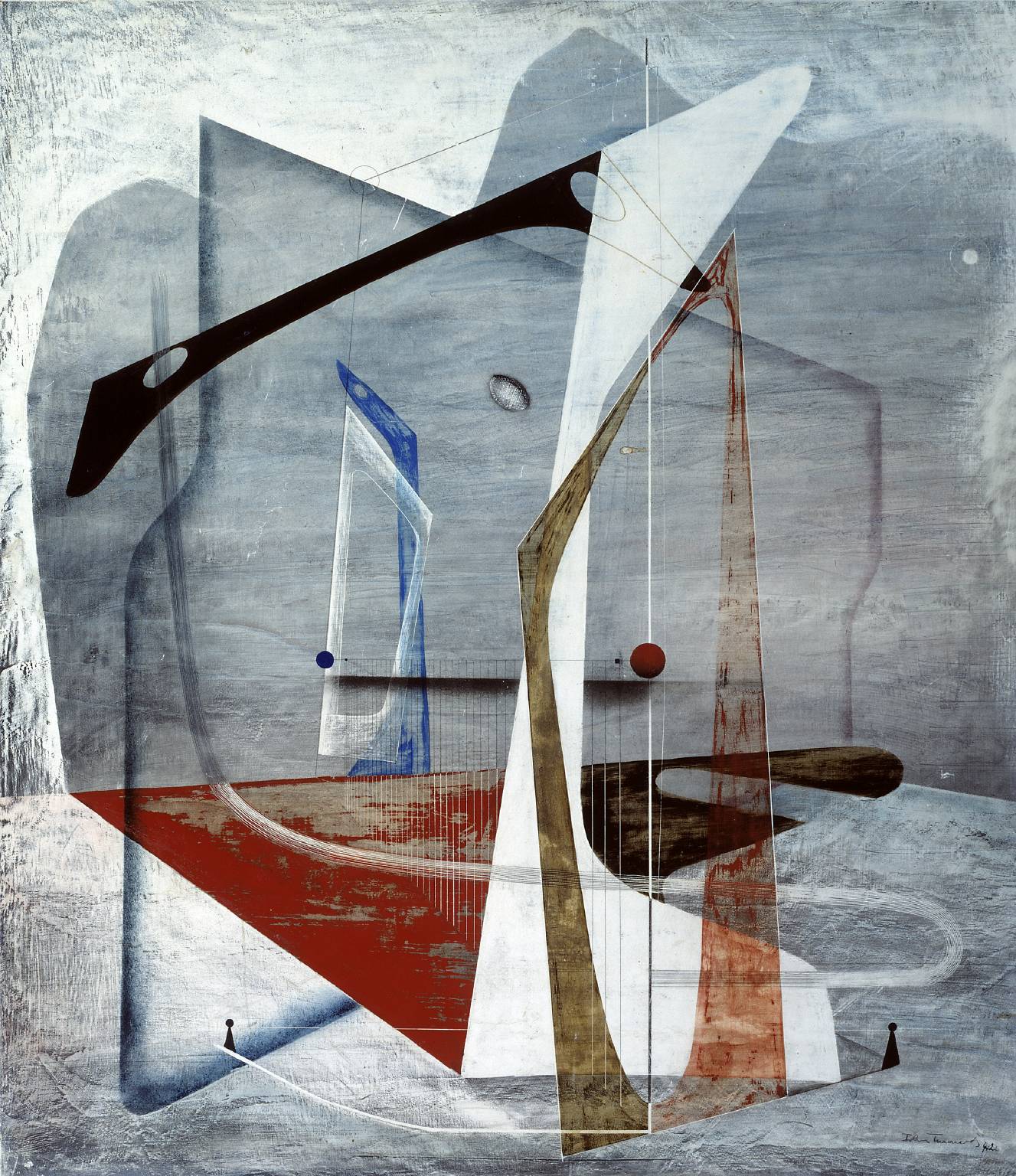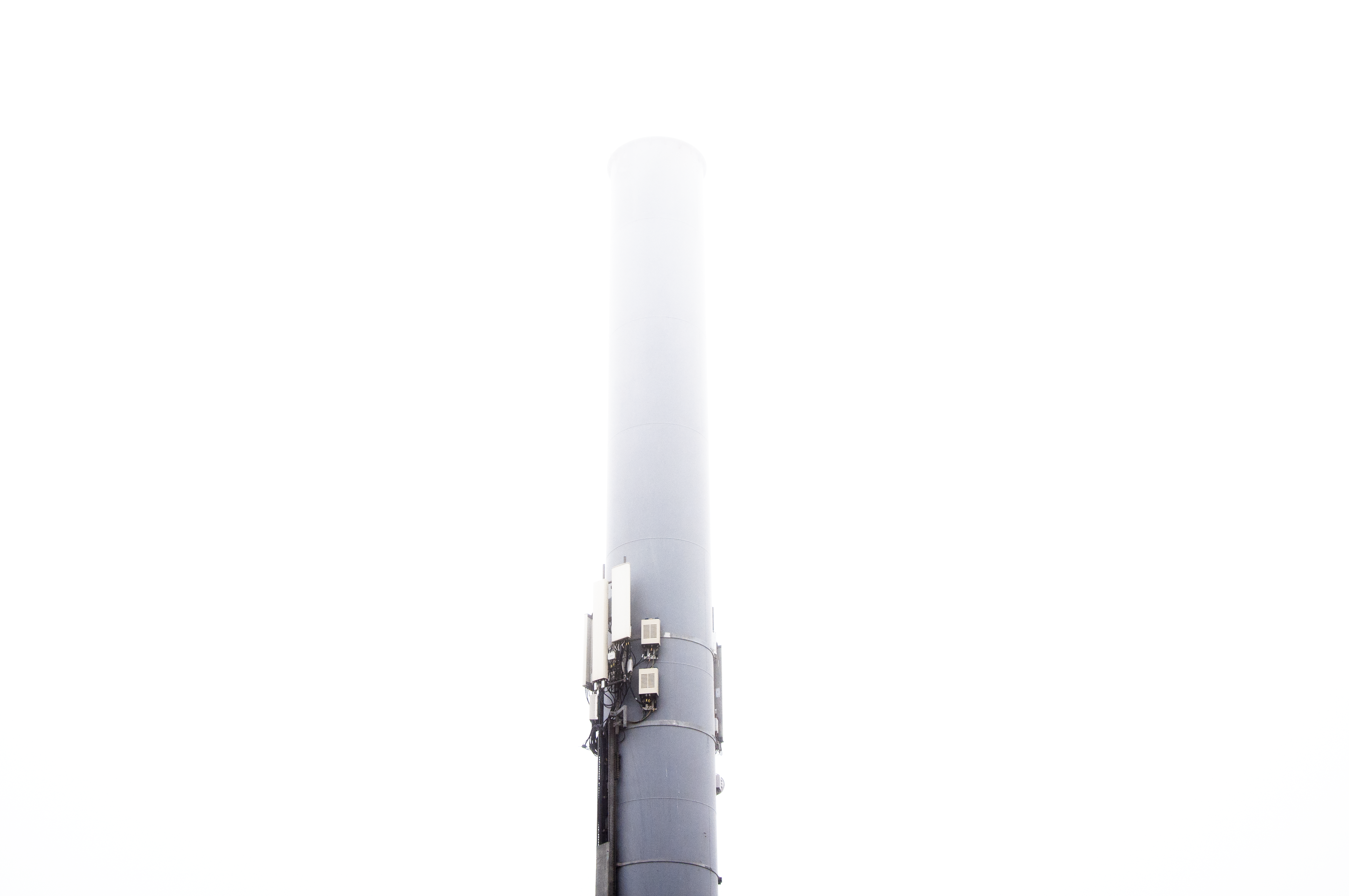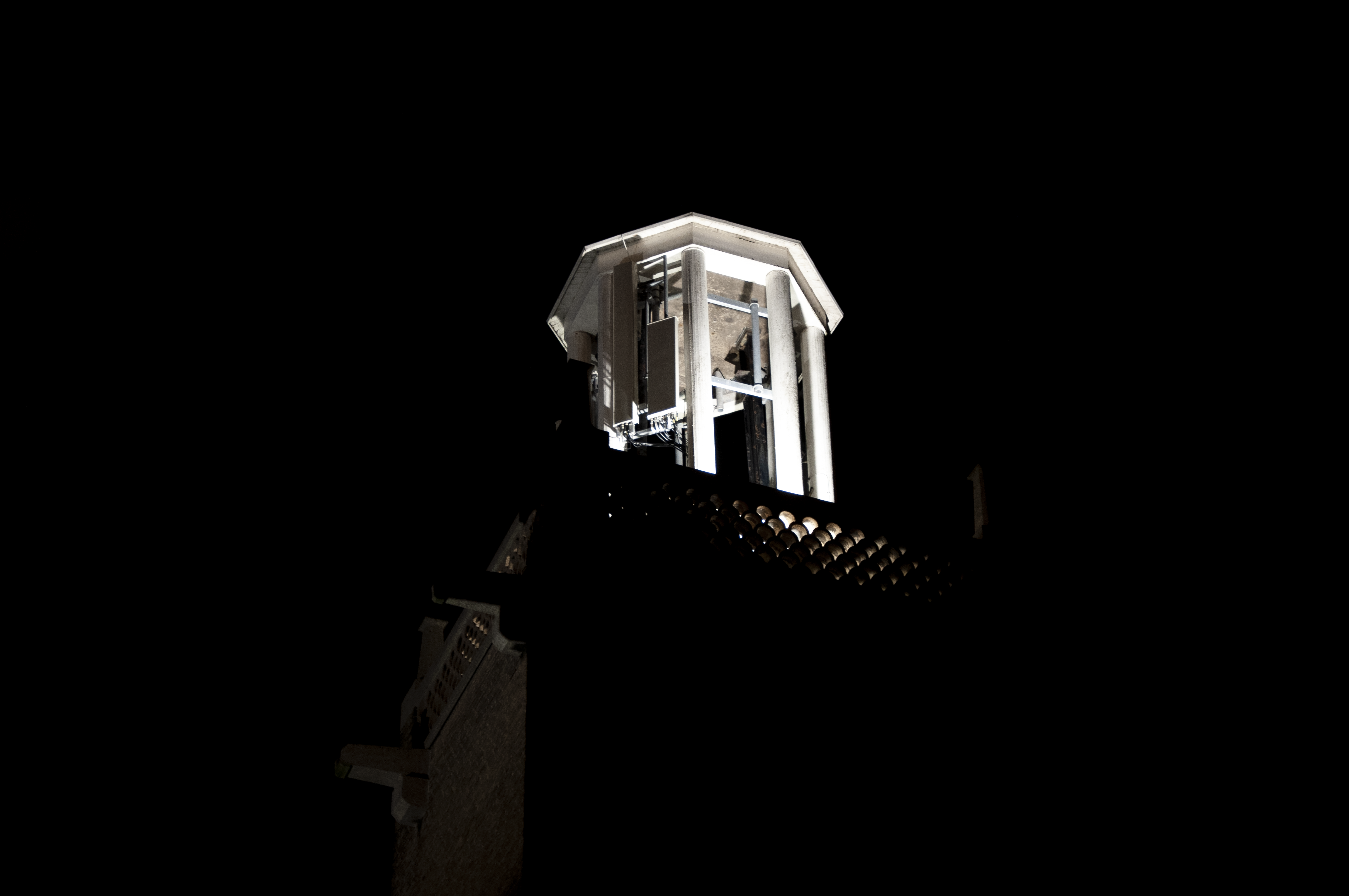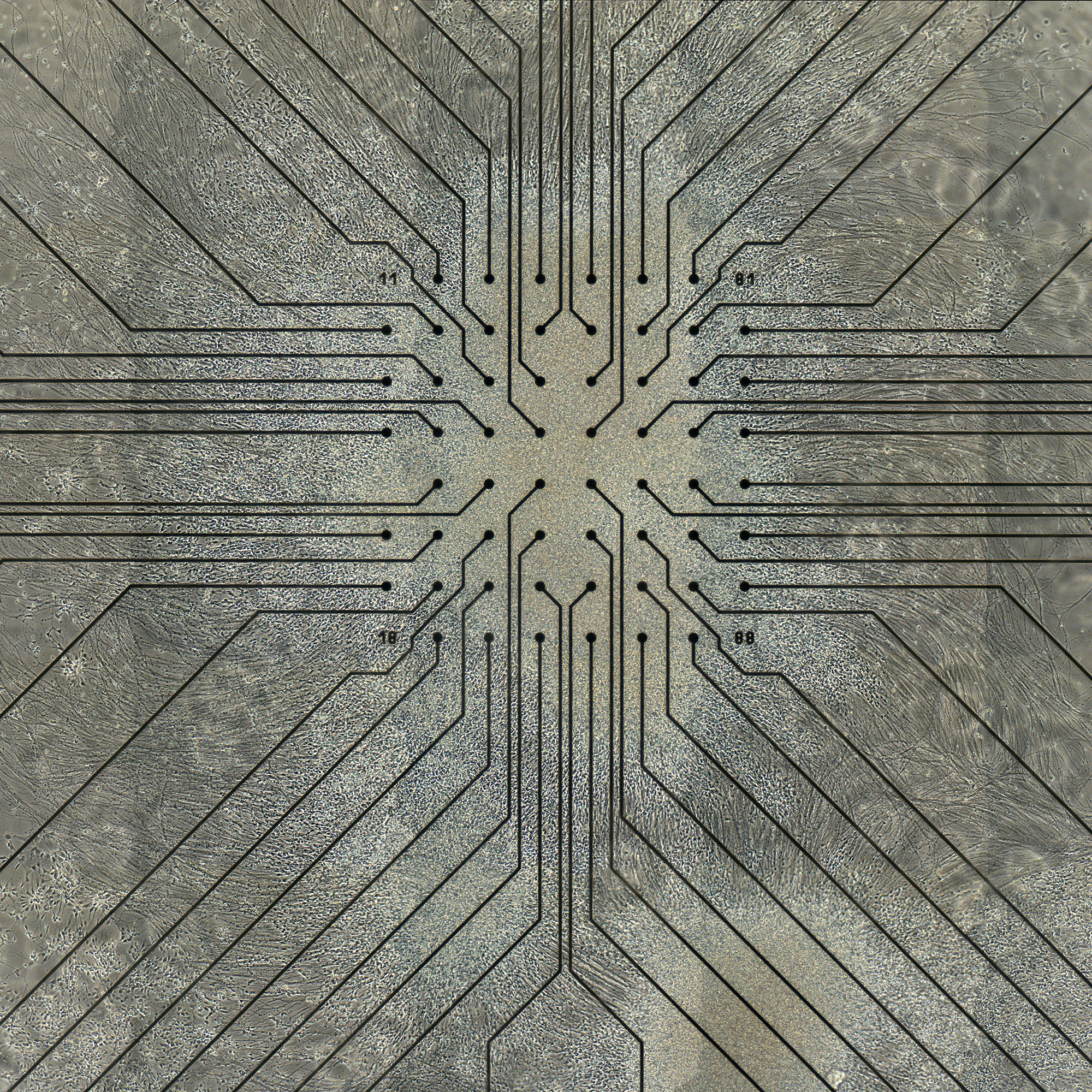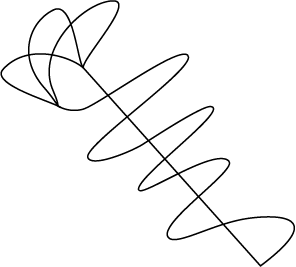References:
Texts
Bebergal, P. 2018. Strange Frequencies: The Extraordinary
Story of the Technological Quest for the Supernatural. Tarcher
Perigee, New York City, NY.
Bergson, H. 1913. Time and Free Will: An Essay on the Immediate
Data of Consciousness. George Allen and Company Ltd.,
London.
Bridle, J. 2014. The Nor: Living in the Electromagnetic Spectrum.
Hayward Gallery, London.
Chion, M. 1994. Audio-Vision: Sound on Screen. Columbia University
Press, New York City, NY.
Deleuze, G. 1977. Dialogues II. Flammarion, Paris.
Deleuze, G. 1993. The Fold. Athlone Press, London.
Dolar, M. 2006. A Voice and Nothing More. MIT Press, Cambridge,
MA.
Fedorova, K. 2016. Acoustic Space Vol.15: Transmediality,
Transliteracy, Transduction and Aesthetics of the Technological
Sublime. RIXC, Rīga.
Fedorova, K. 2013. Mechanisms of Augmentation in Proprioceptive
Media Art. M/C Journal, Vol 16, No 6. Media and Culture,
Queensland, Australia.
Fedorova, K. 2015. Sound Cartographies and Navigation Art: In
Search of The Sublime. Leonardo Electronical Manac, Boston,
MA.
Flusser, V. 1998. From Subject to Project: Becoming Human.
Free Association Books, London.
Foucault, M. 1984. Of Other Spaces: Utopias and Heterotopias.
AMC, Paris.
Gabo, N. and Pevsner, A. 1920. The Realistic Manifesto. Moscow.
Helmreich, S. 2009. Alien Ocean: Anthropological Voyages in
Microbial Seas. University of California Press, Berkeley, CA.
Kahn, D. 2013. Earth Signal Earth Sound: Energies and Earth
Magnitude in the Arts. University of California Press, Berkeley,
CA.
Kerckhove, D. de. 1997. The Skin of Culture: Investigating
the New Electronic Reality. Kogan Page, London.
Kittler, F. A. 1990. Discourse Networks 1800/1900. Stanford
University Press, Palo Alto, CA.
Kluitenberg, E. 2006. Hybrid Space: How Wireless Media Mobilize
Public Space. NAi Publishers, Rotterdam.
Massumi, B. 1998. Sensing the Virtual, Building the Insensible.
John Wiley and Sons, London.
Massumi, B. 1999. Strange Horizon: Buildings, Biograms, and
The Body Topologic. Academic Press, Cambridge, MA.
Massumi, B. 2002. Parables of the Virtual. Duke University
Press, Durham, NC.
Matthews, G. V. T. 1954. Cambridge Monographs in Experimental
Biology: Bird Navigation Series Number 3. Cambridge University
Press, Cambridge, UK.
Mauss, M. 1934. Sociology and Anthropology: Techniques of the
Body. University Press of France, Paris.
McLuhan, M. and Carpenter, E. 1955. Explorations 4: Studies
in Culture and Communication. Wipf and Stock Publishers, Eugene,
OR.
Nancy, J. 2002. Listening. Fordham University Press, New York
City, NY.
Parikka, J. 2015. A Geology of Media. University of Minnesota
Press, Minneapolis, MN.
Playfair, G. L. and Hill, S. 1979. The Cycles of Heaven: Cosmic
Forces and What They are Doing to You. Avon Books, New
York City, NY.
Russolo, L. 1913. The Art of Noises Futurist Manifesto (English
translation by Robert Filliou, 1916).
Smirnov, A. 2013. Sound in Z: Experiments in Sound and Electronic
Music in Early 20th Century Russia. Koenig Books, London.
Sullivan, D. 2004. Ley Lines: The Greatest Landscape Mystery.
Green Magic, Glastonbury, Somerset.
Virilio, P. 1986. Interview with Chris Dercon and Paul Virilio.
Impulse Vol. 12 No. 4. Impulse Publishing, Toronto, ON.
Viguier, C. 1882. Sense of Orientation and its Organs in Animals
and Humans. Philosophy Revue, Paris.
Wigley, M. 2015. Buckminster Fuller Inc: Architecture in the
Age of Radio. Lars Müller Publishers, Zürich.
